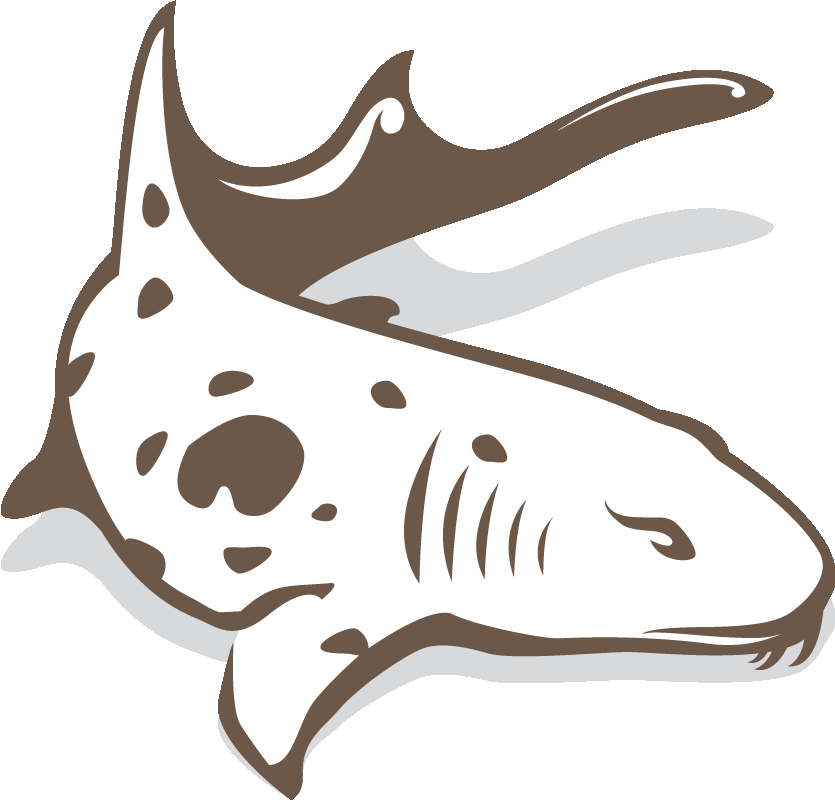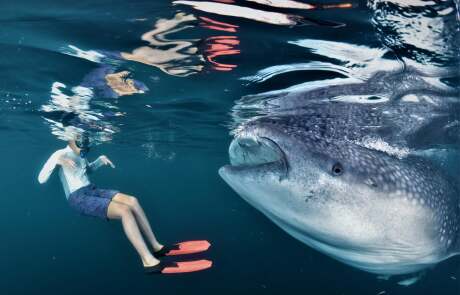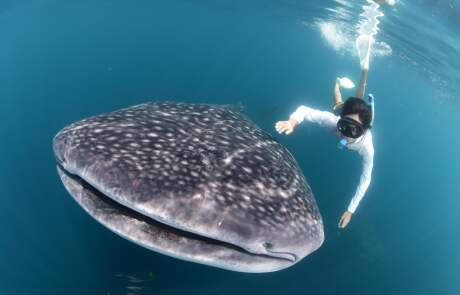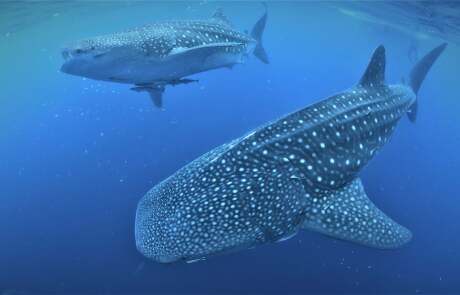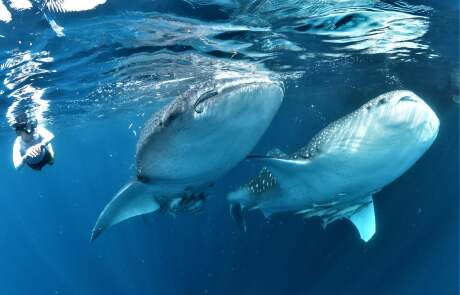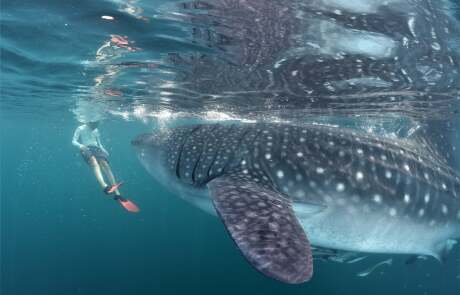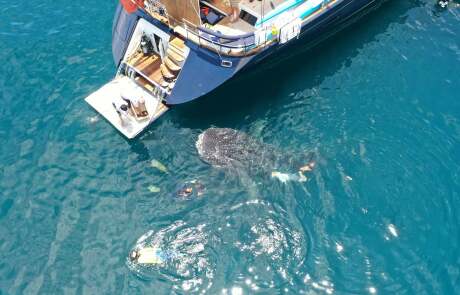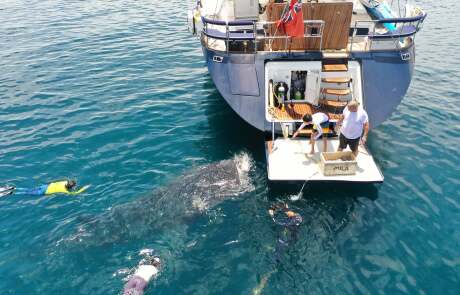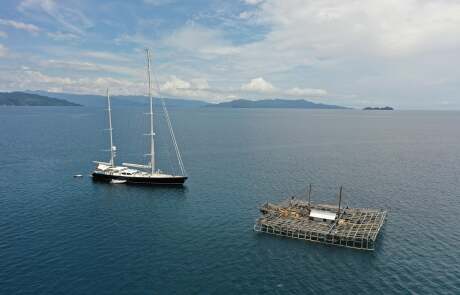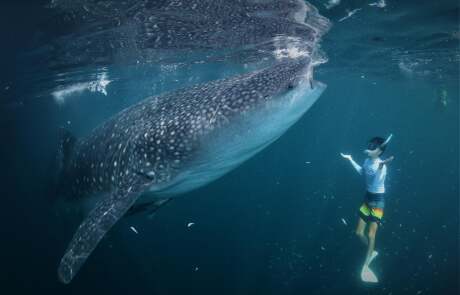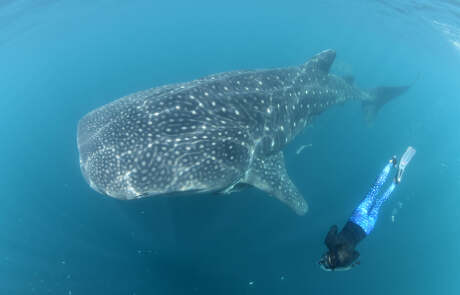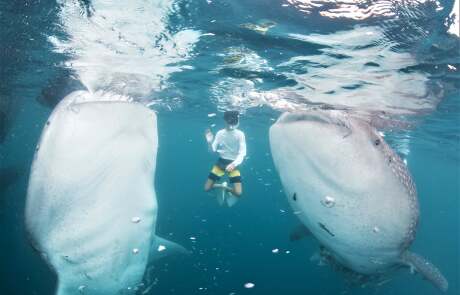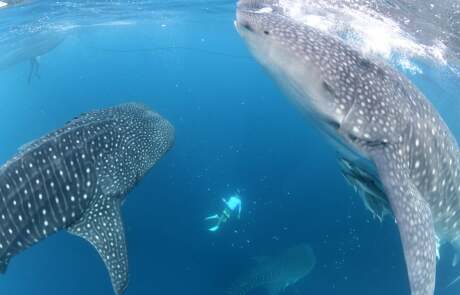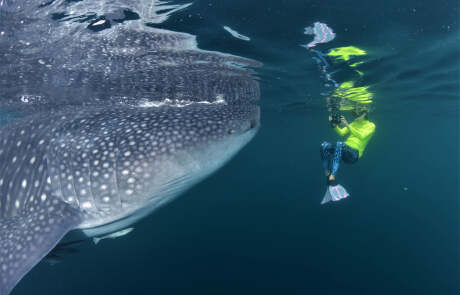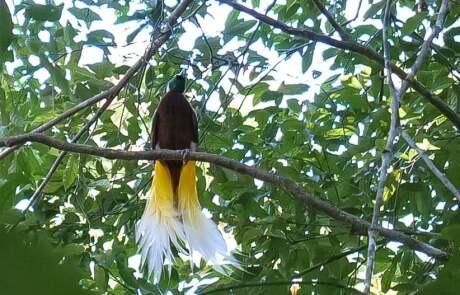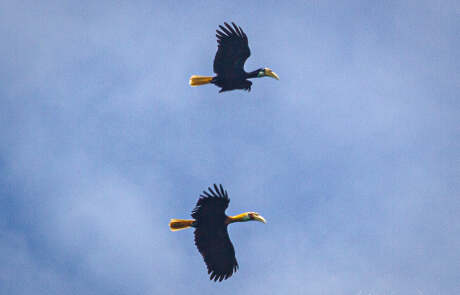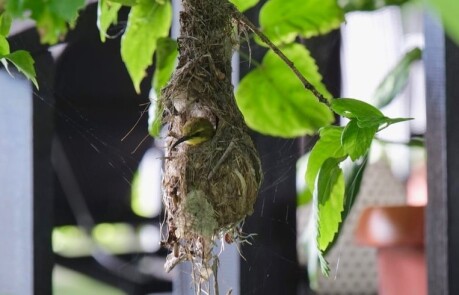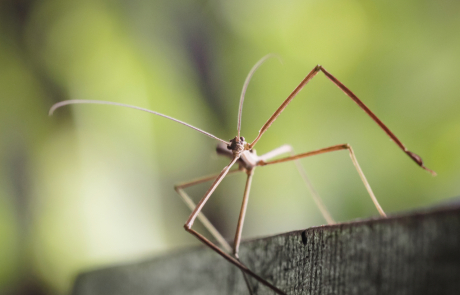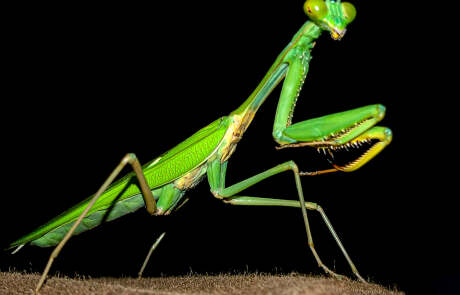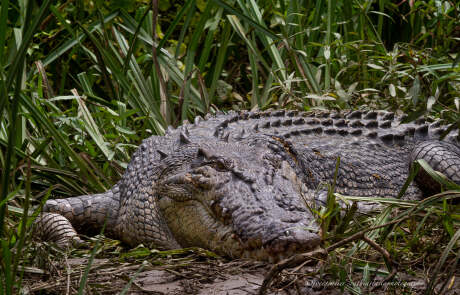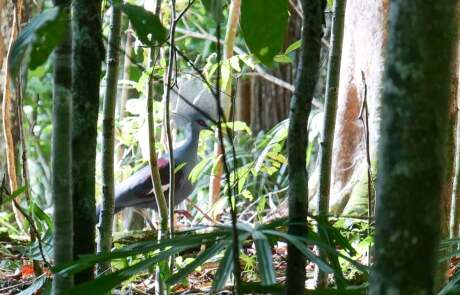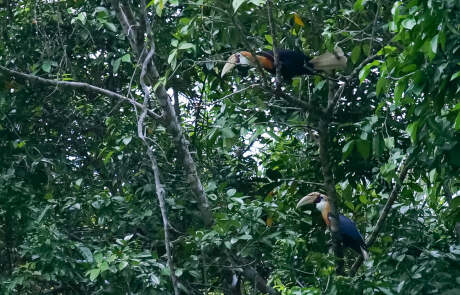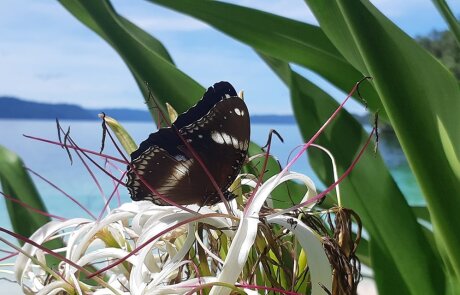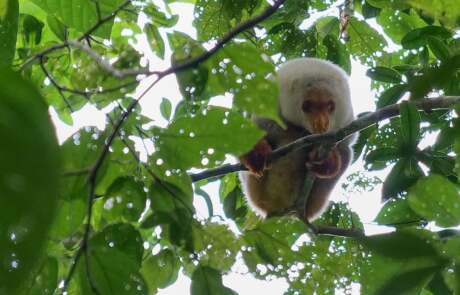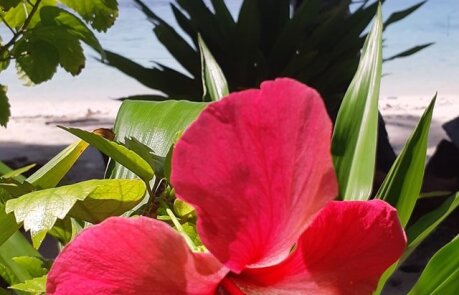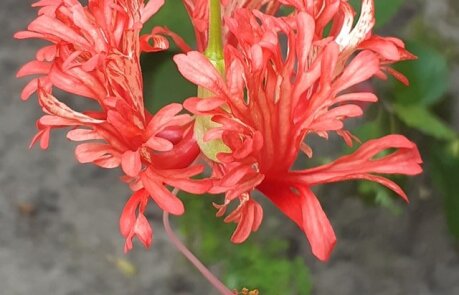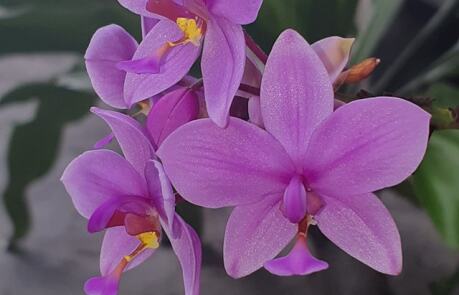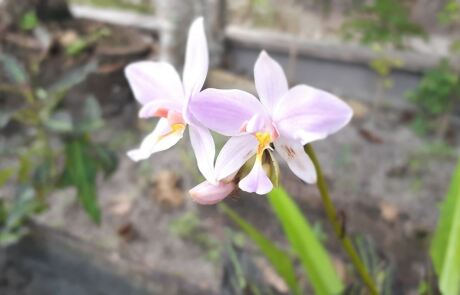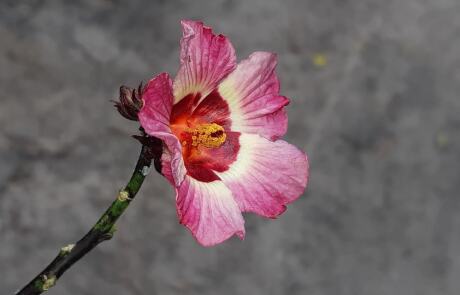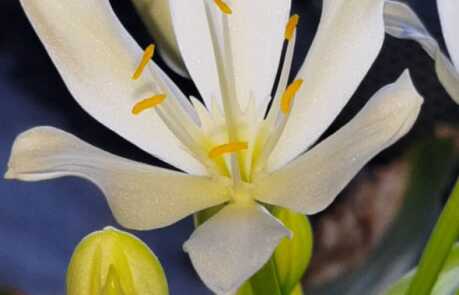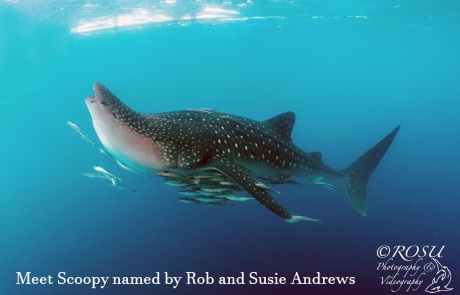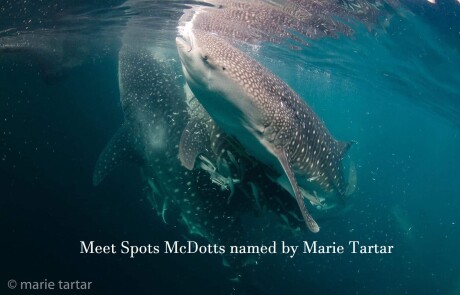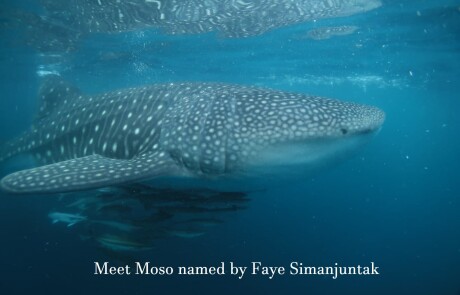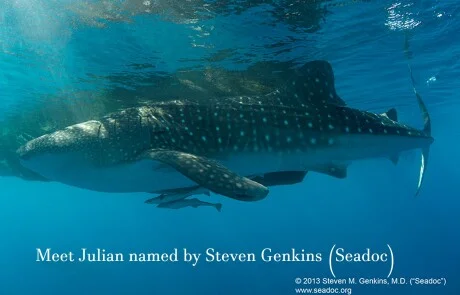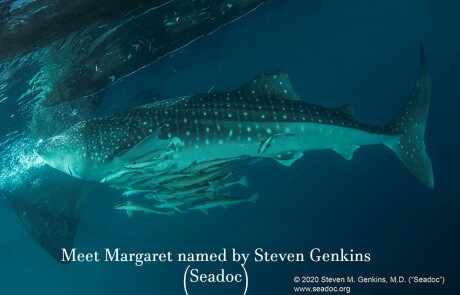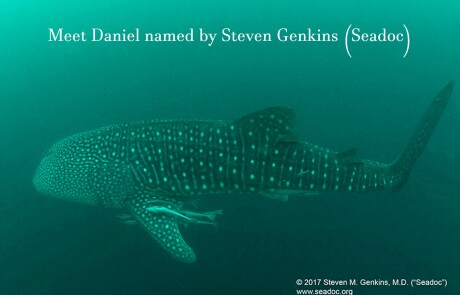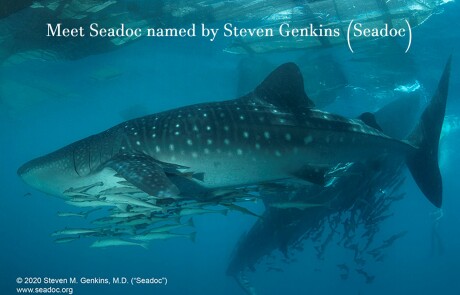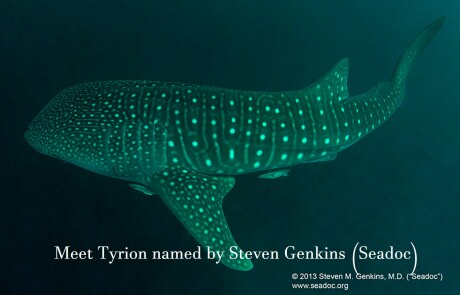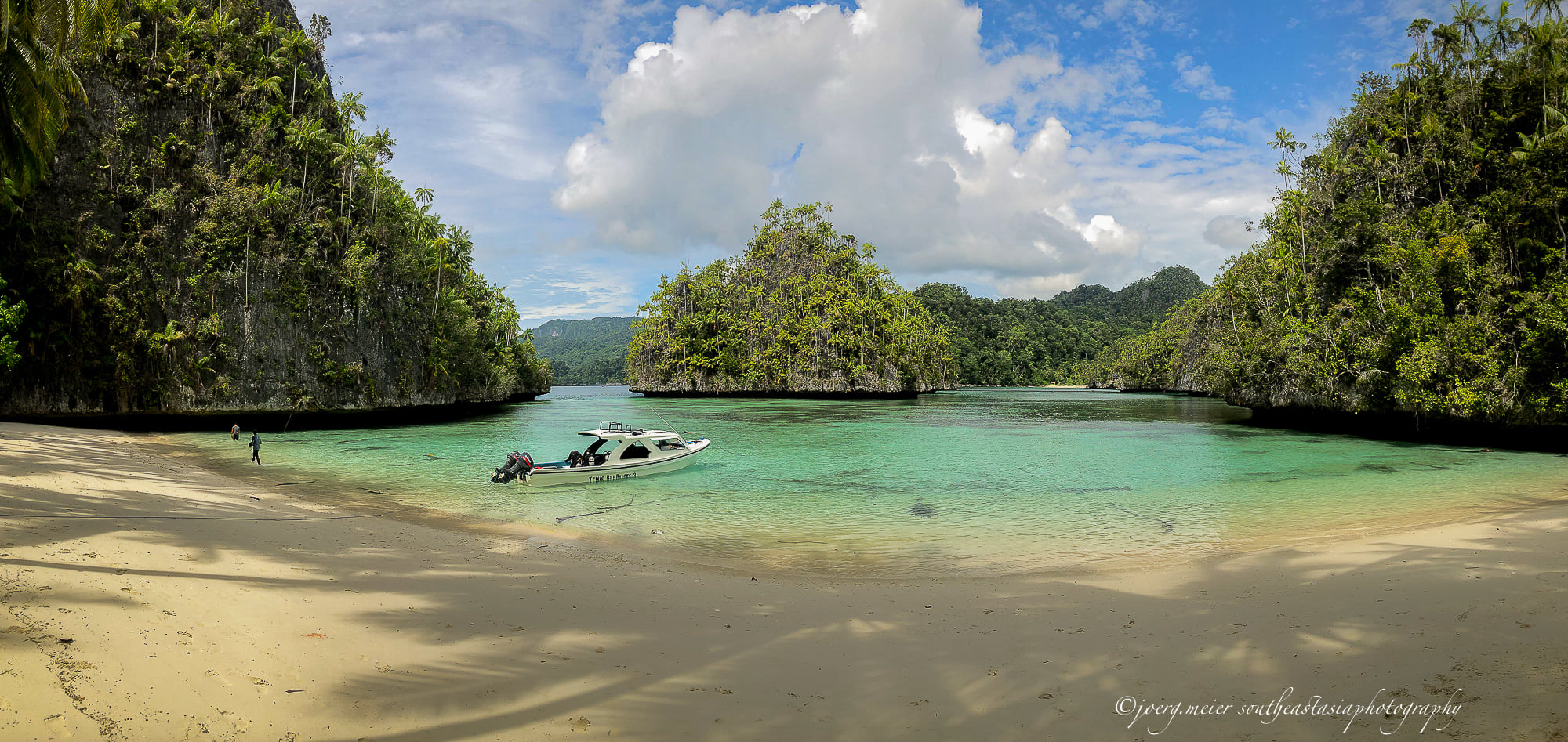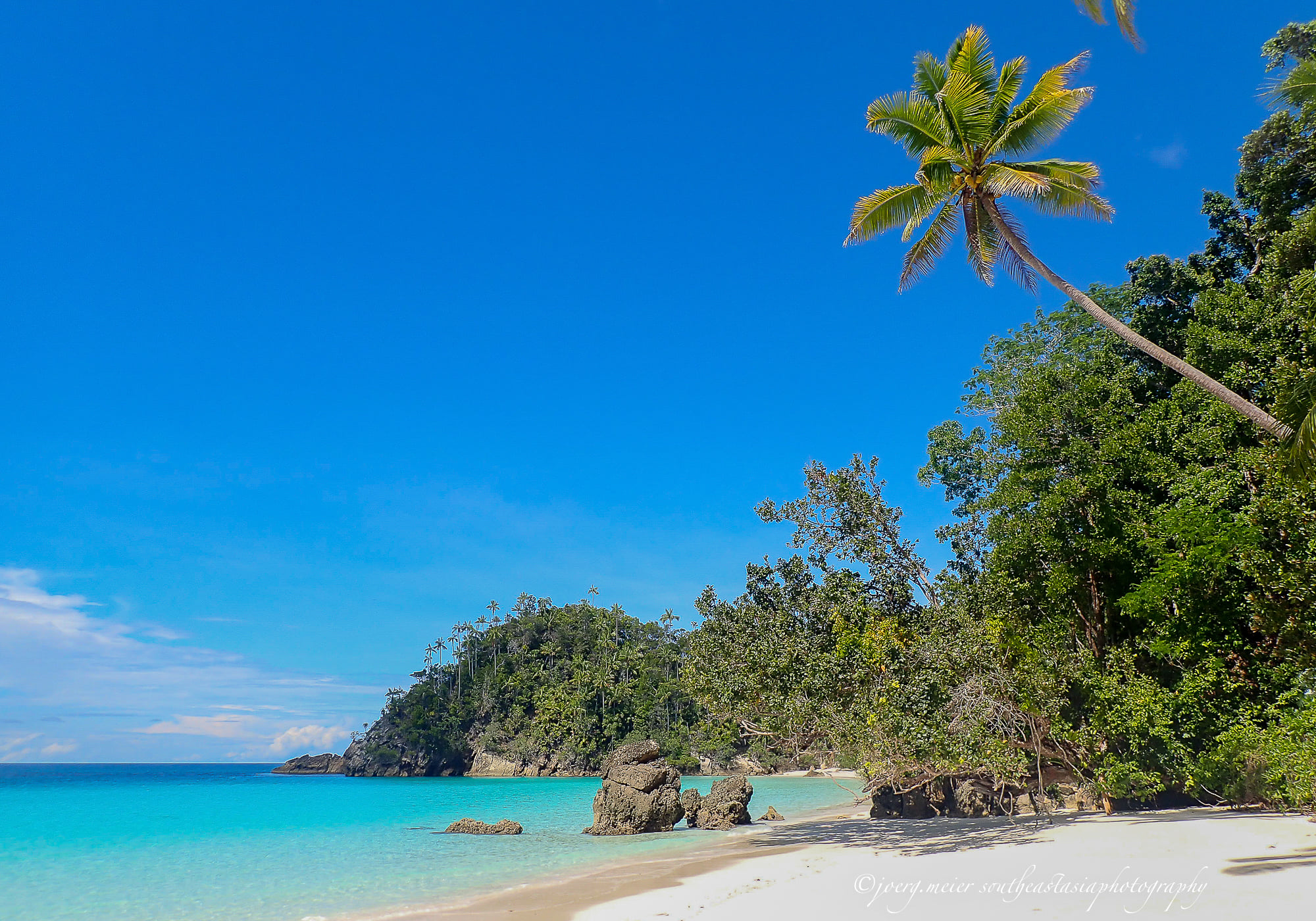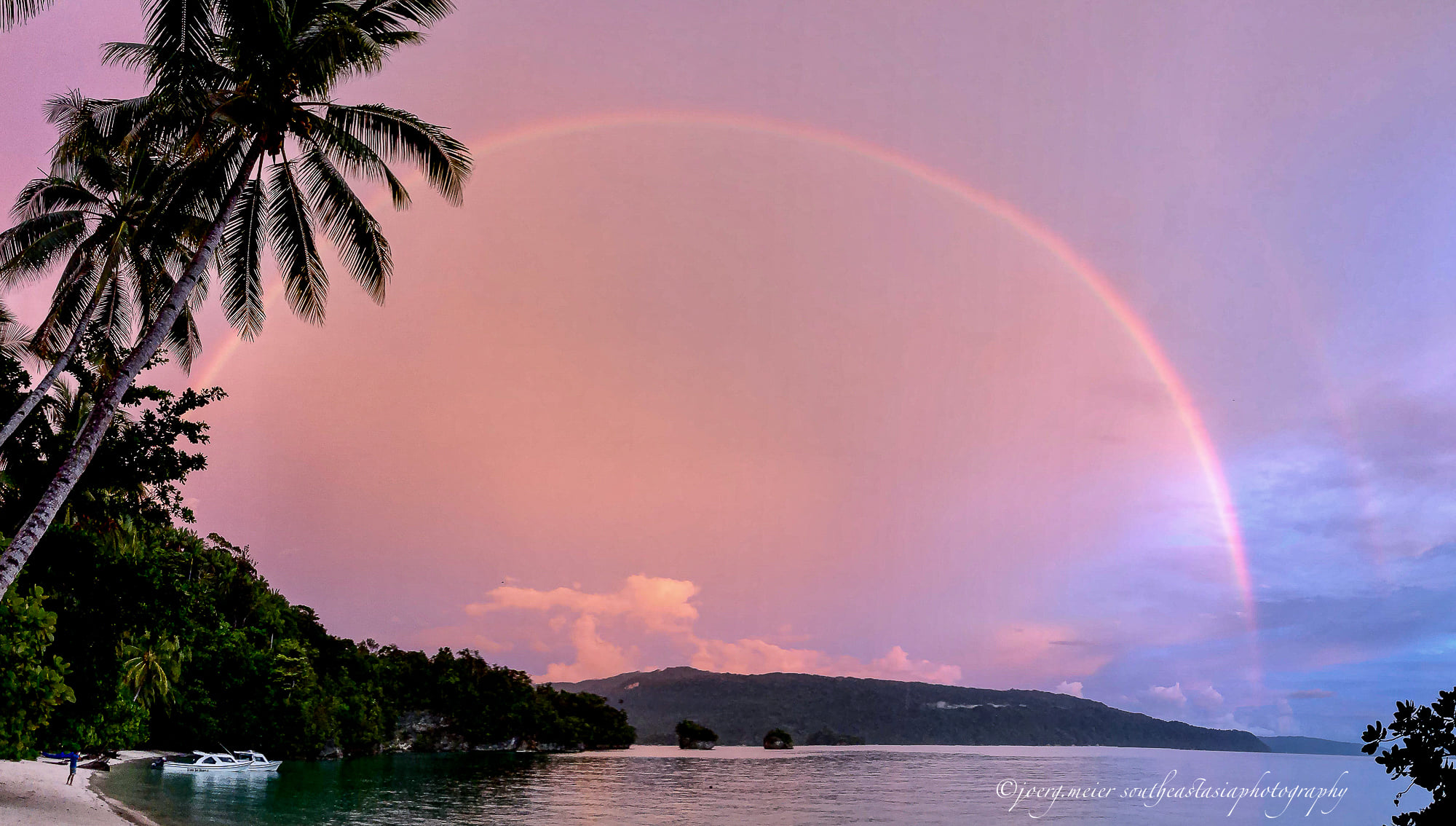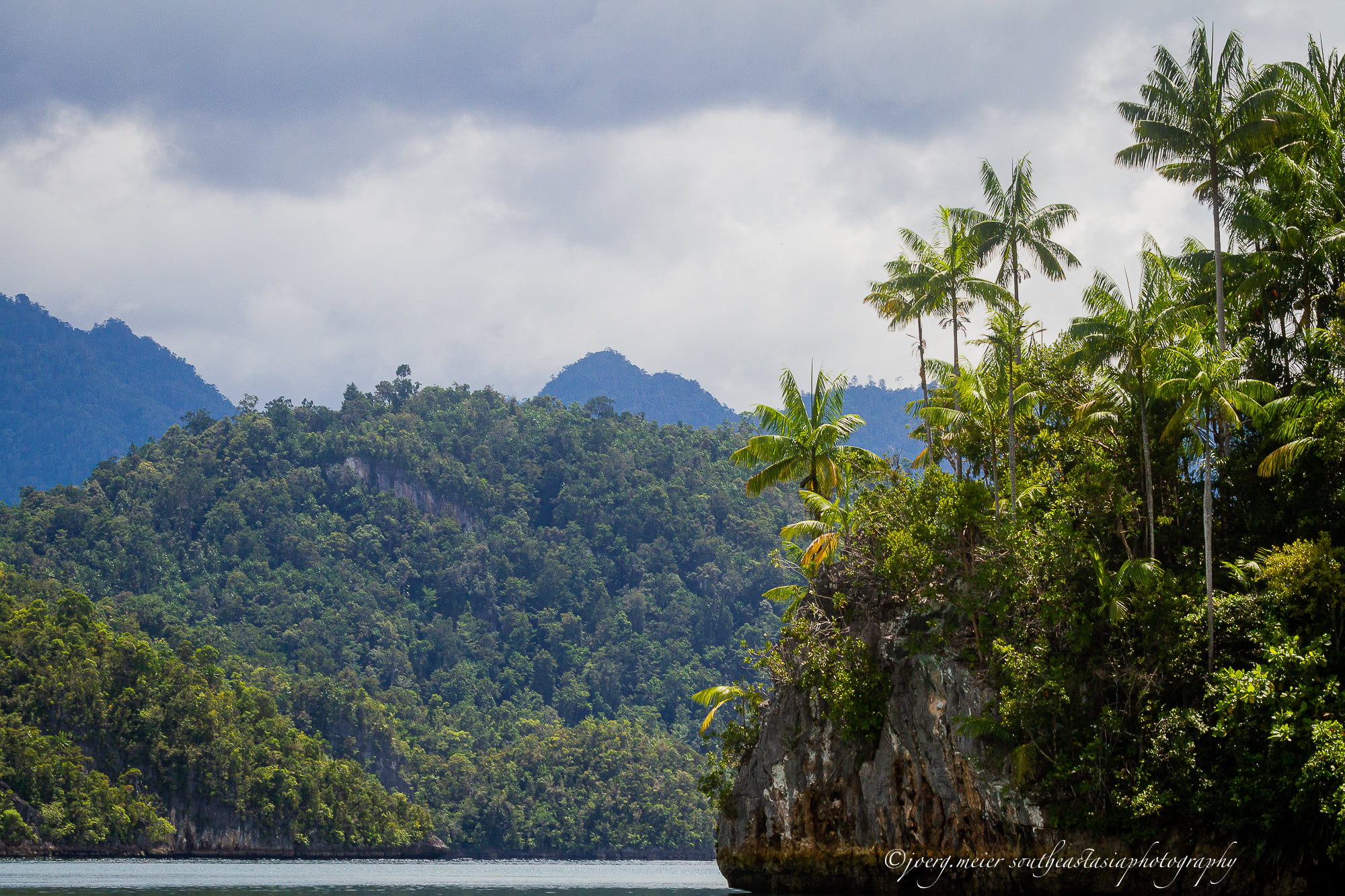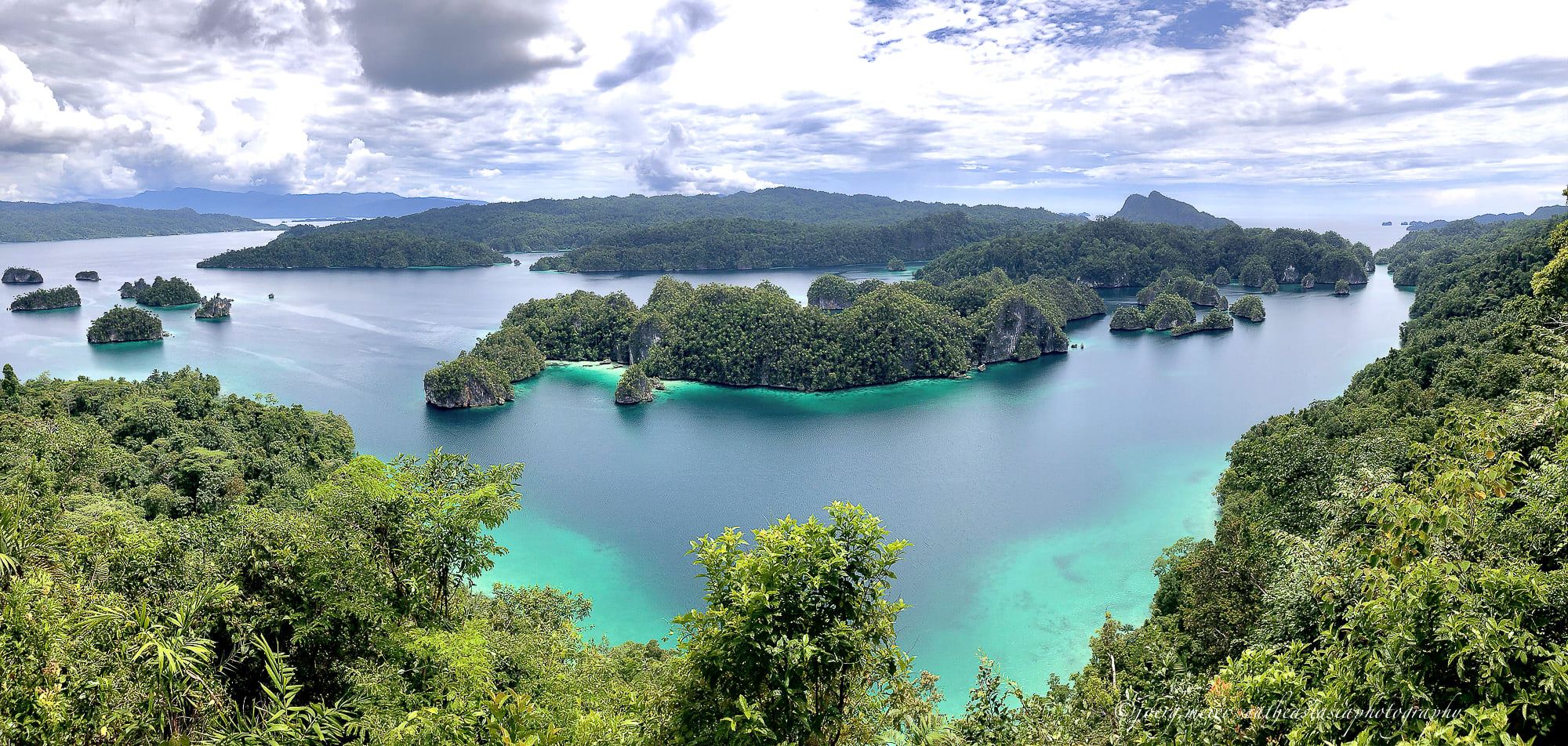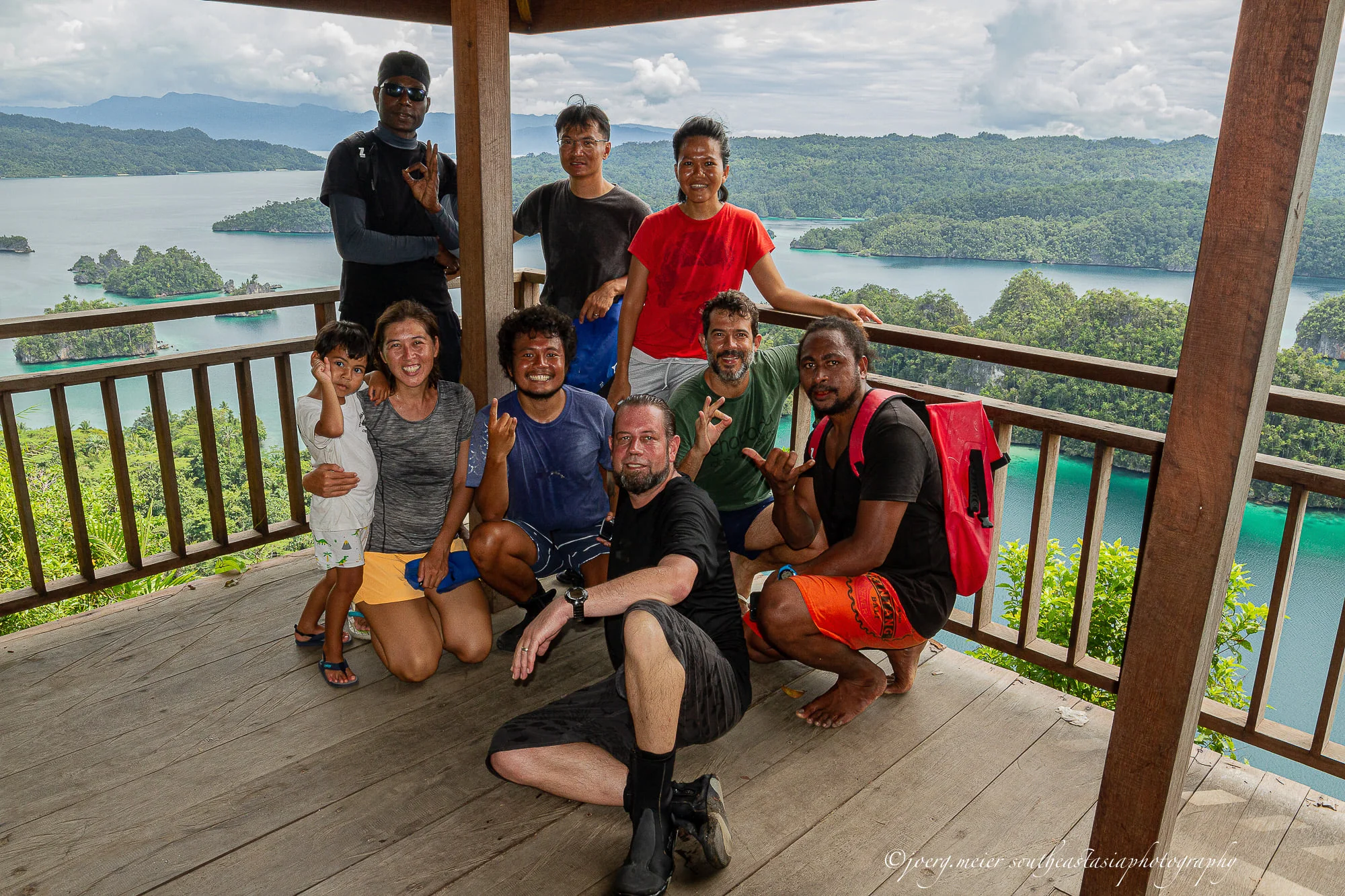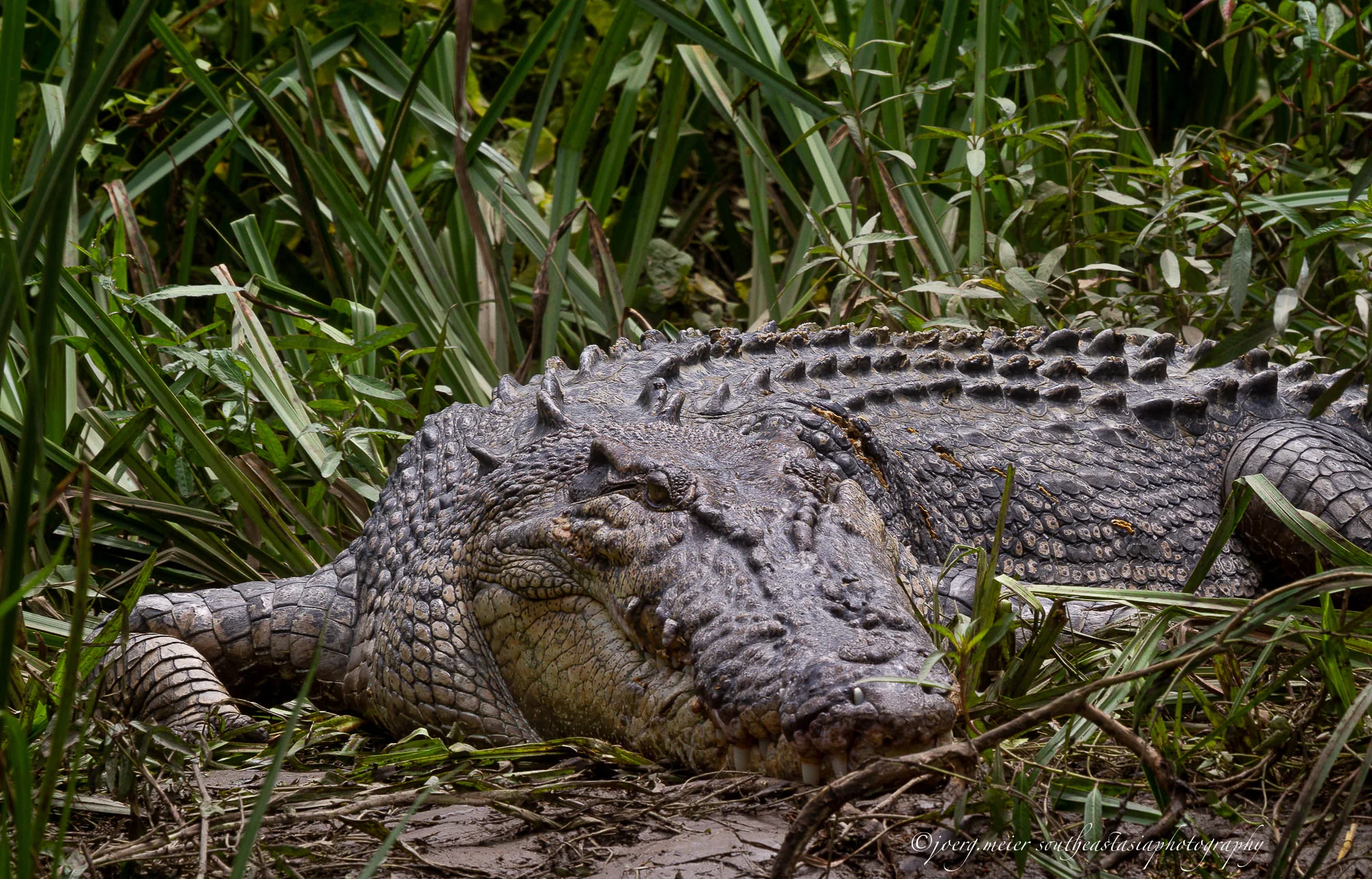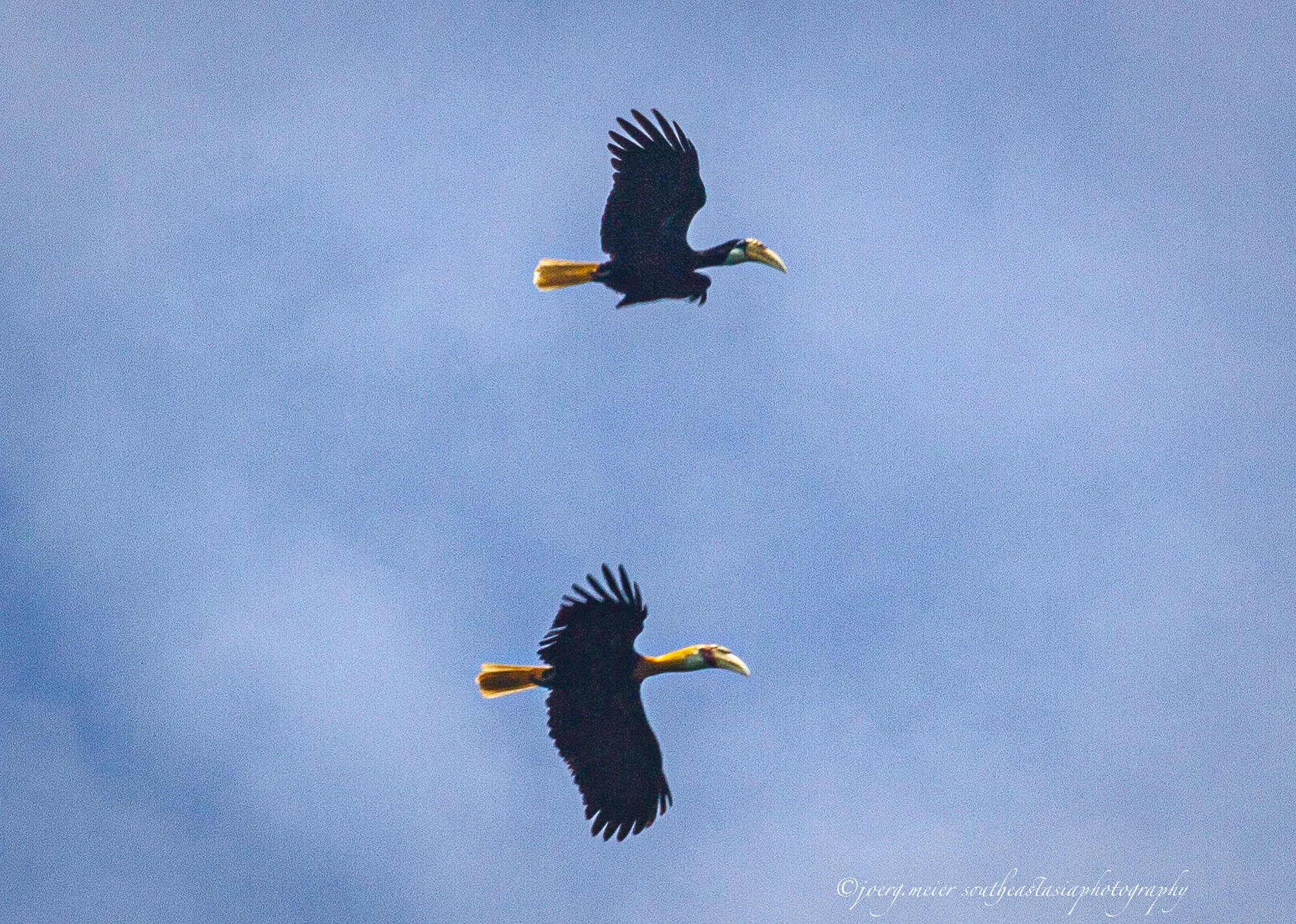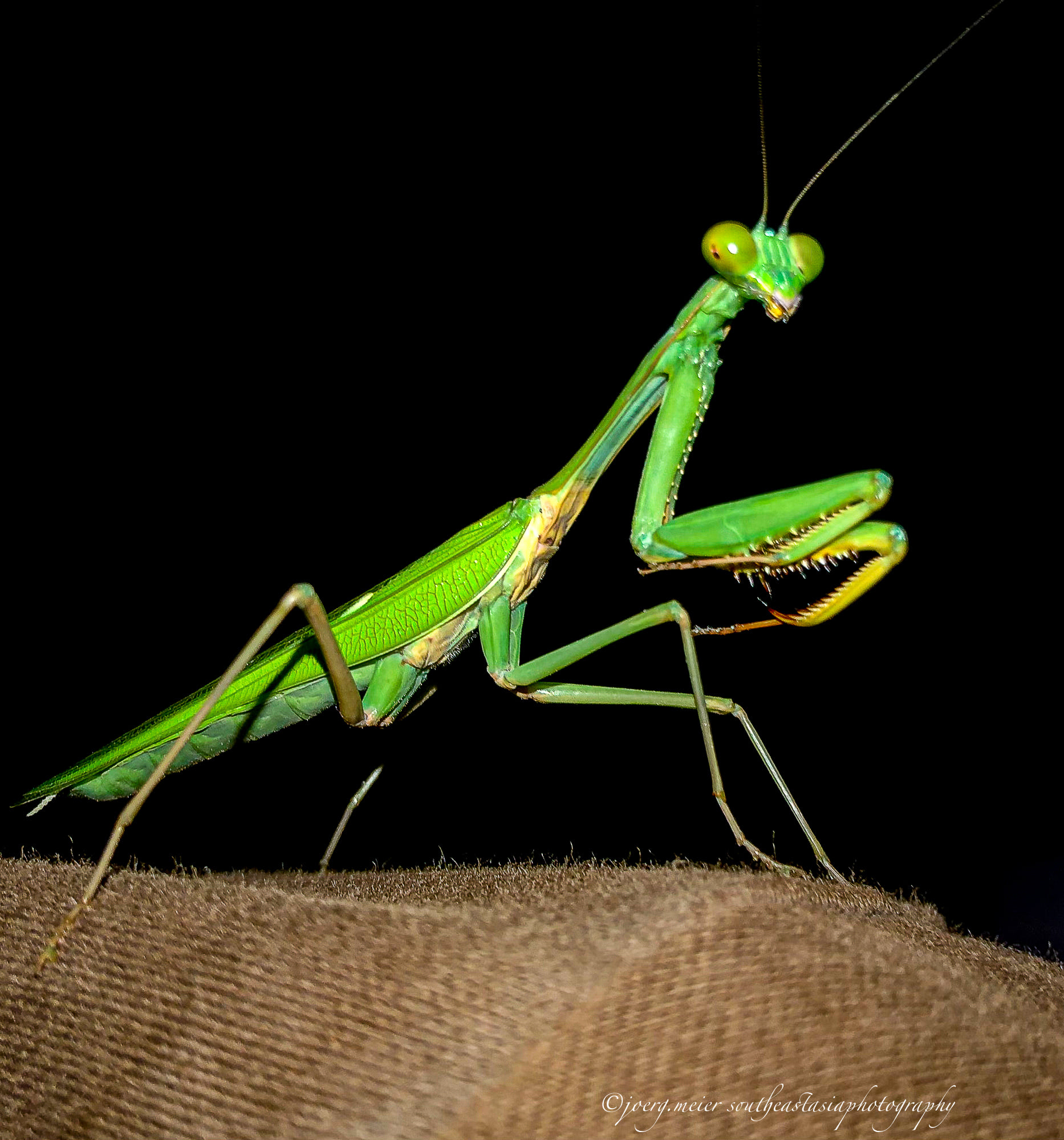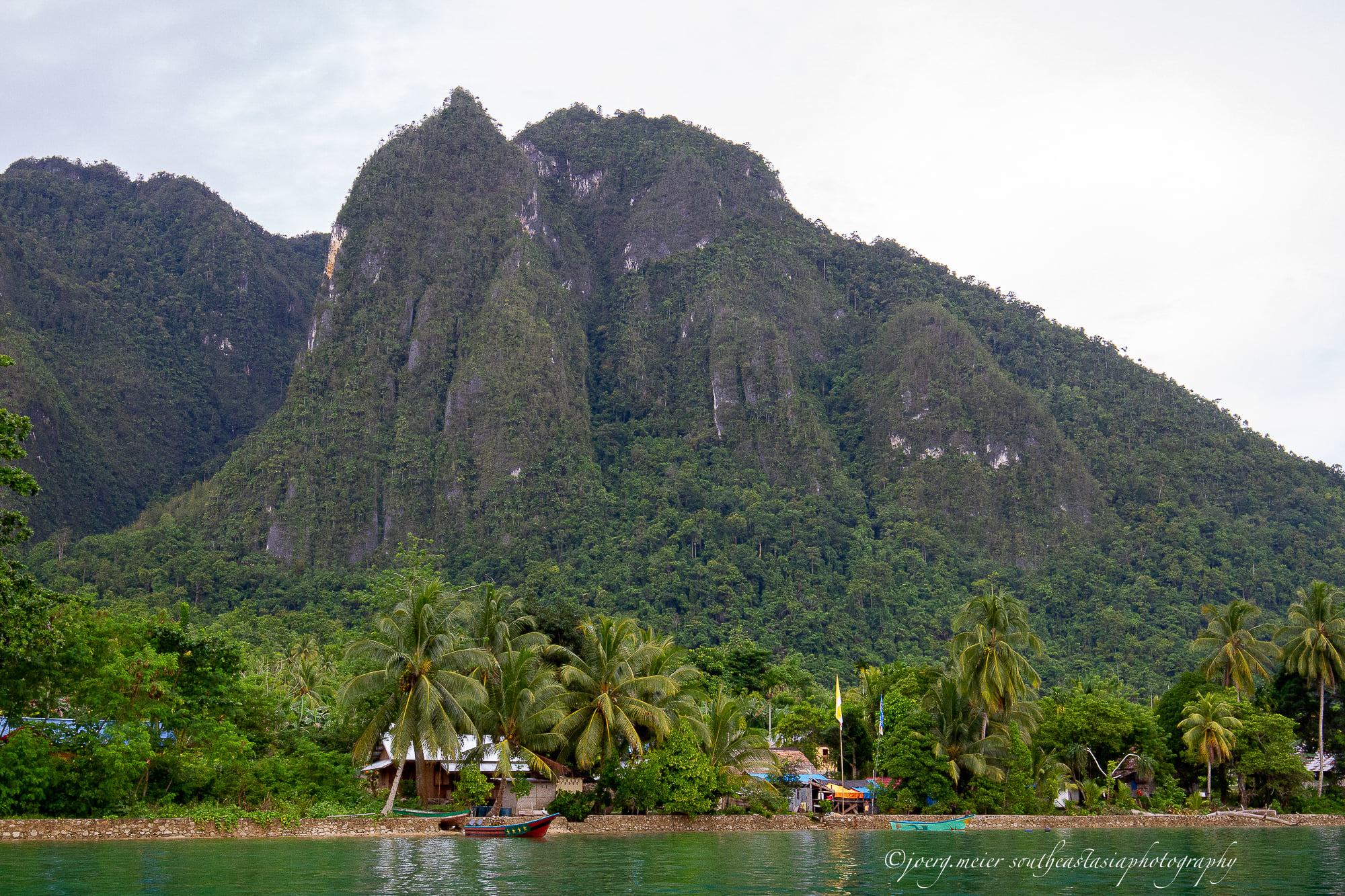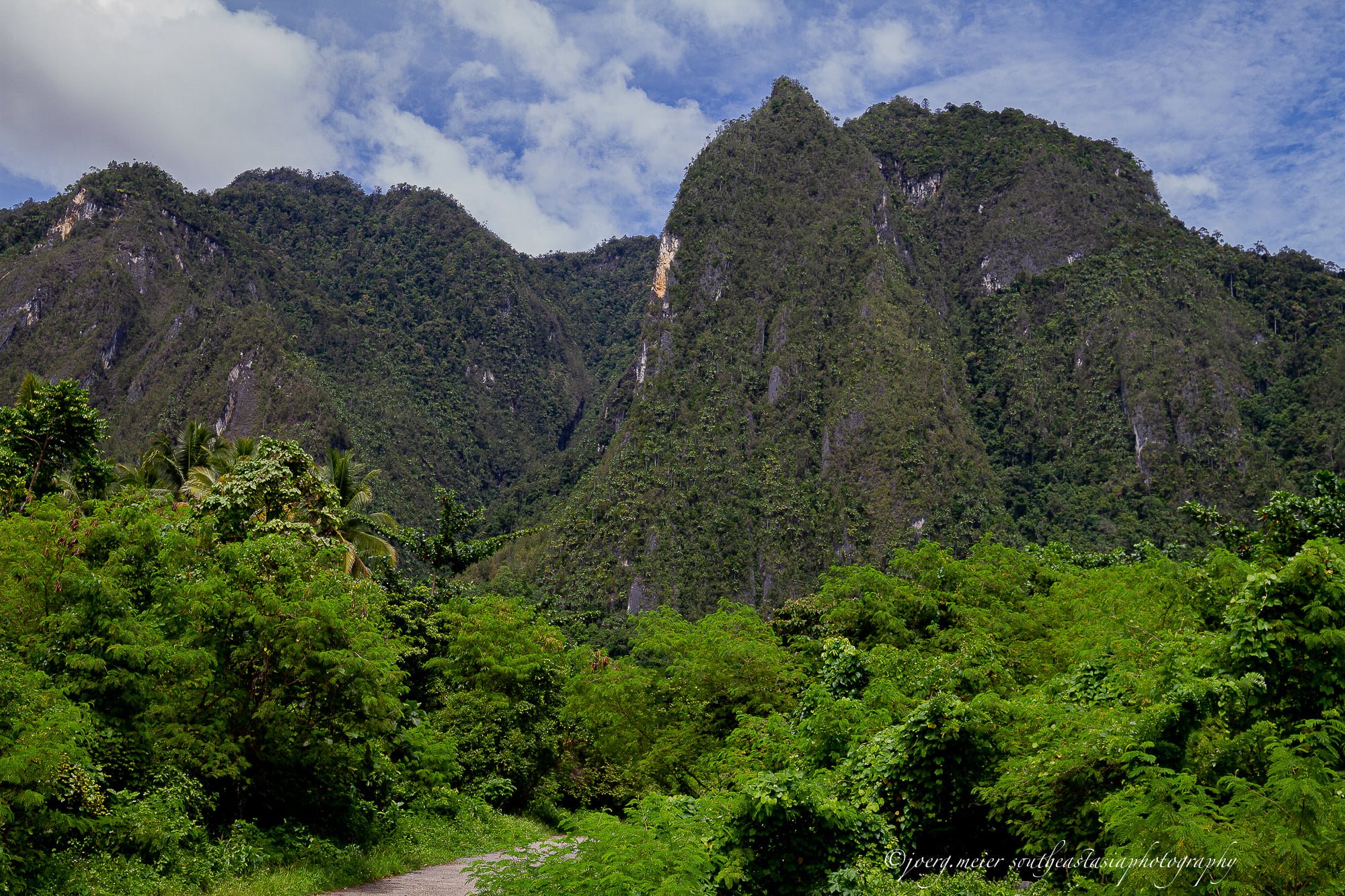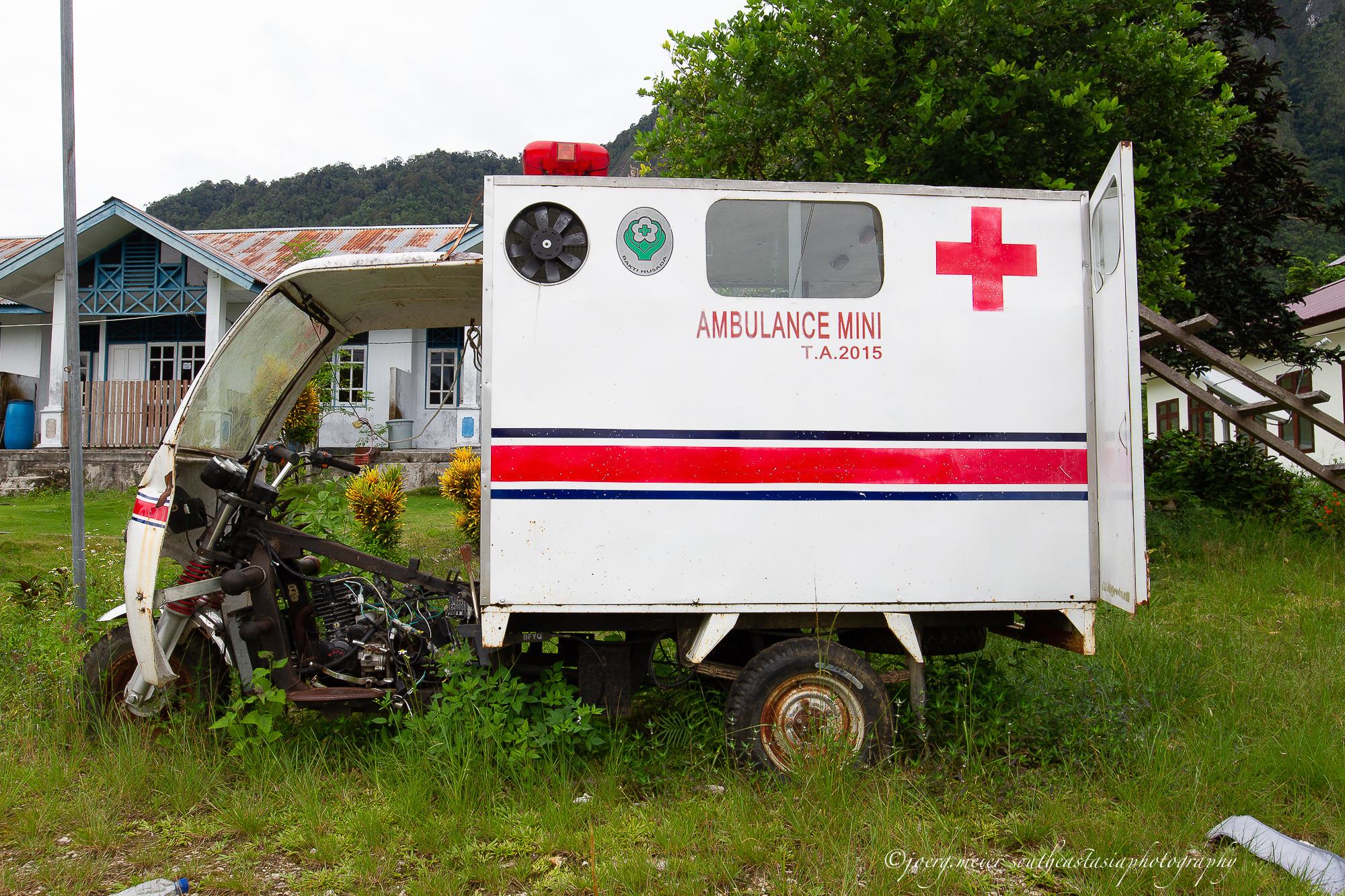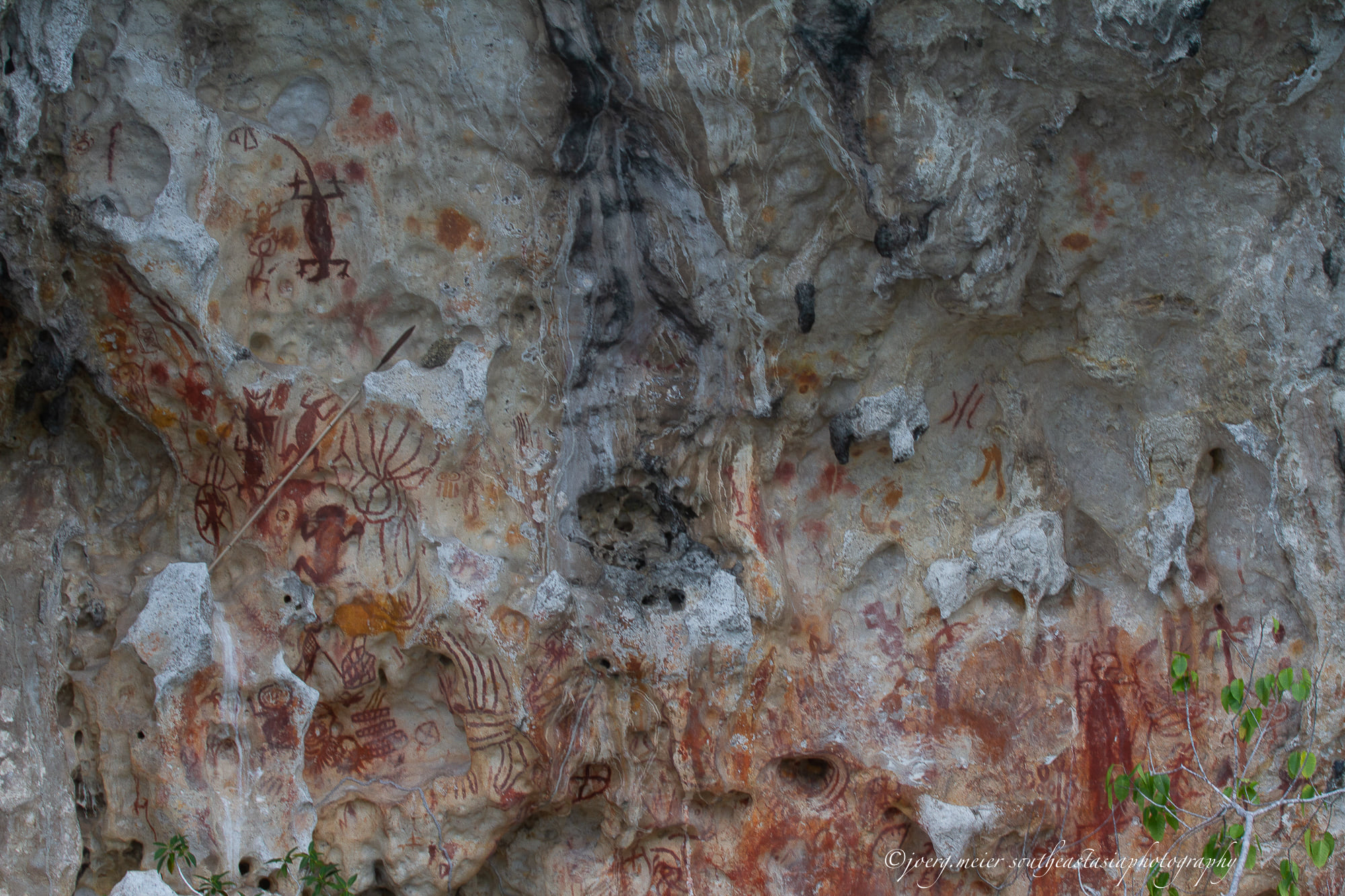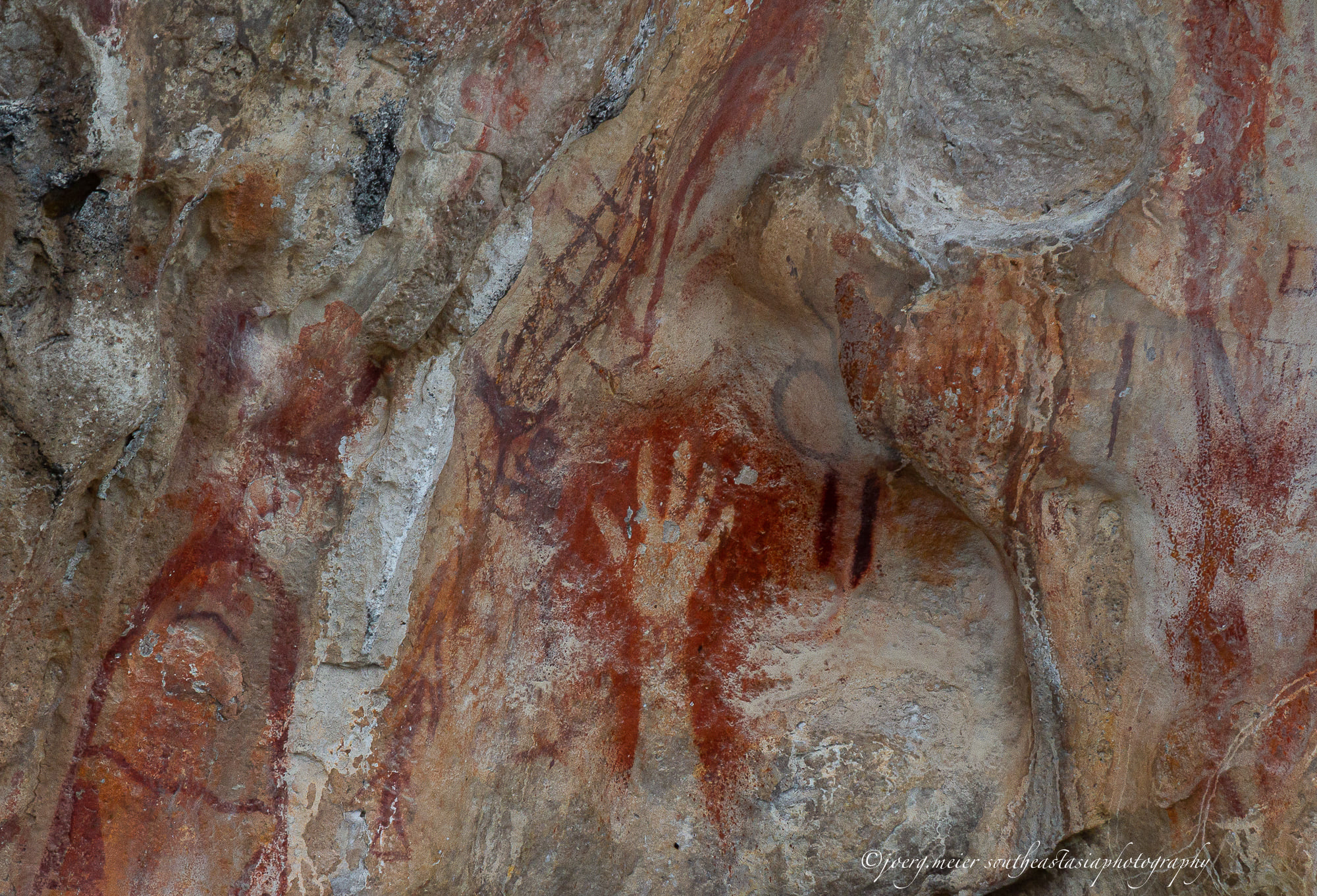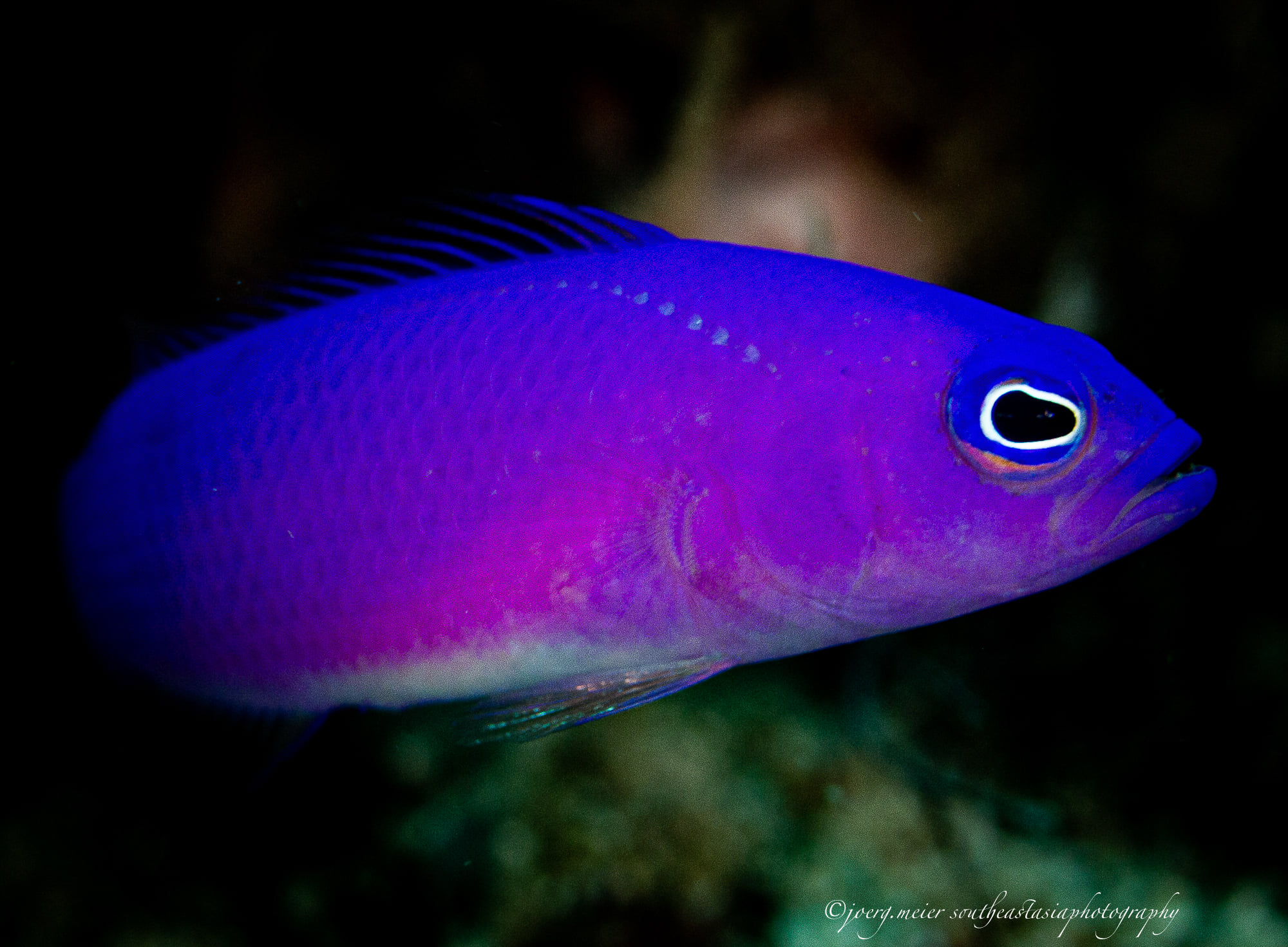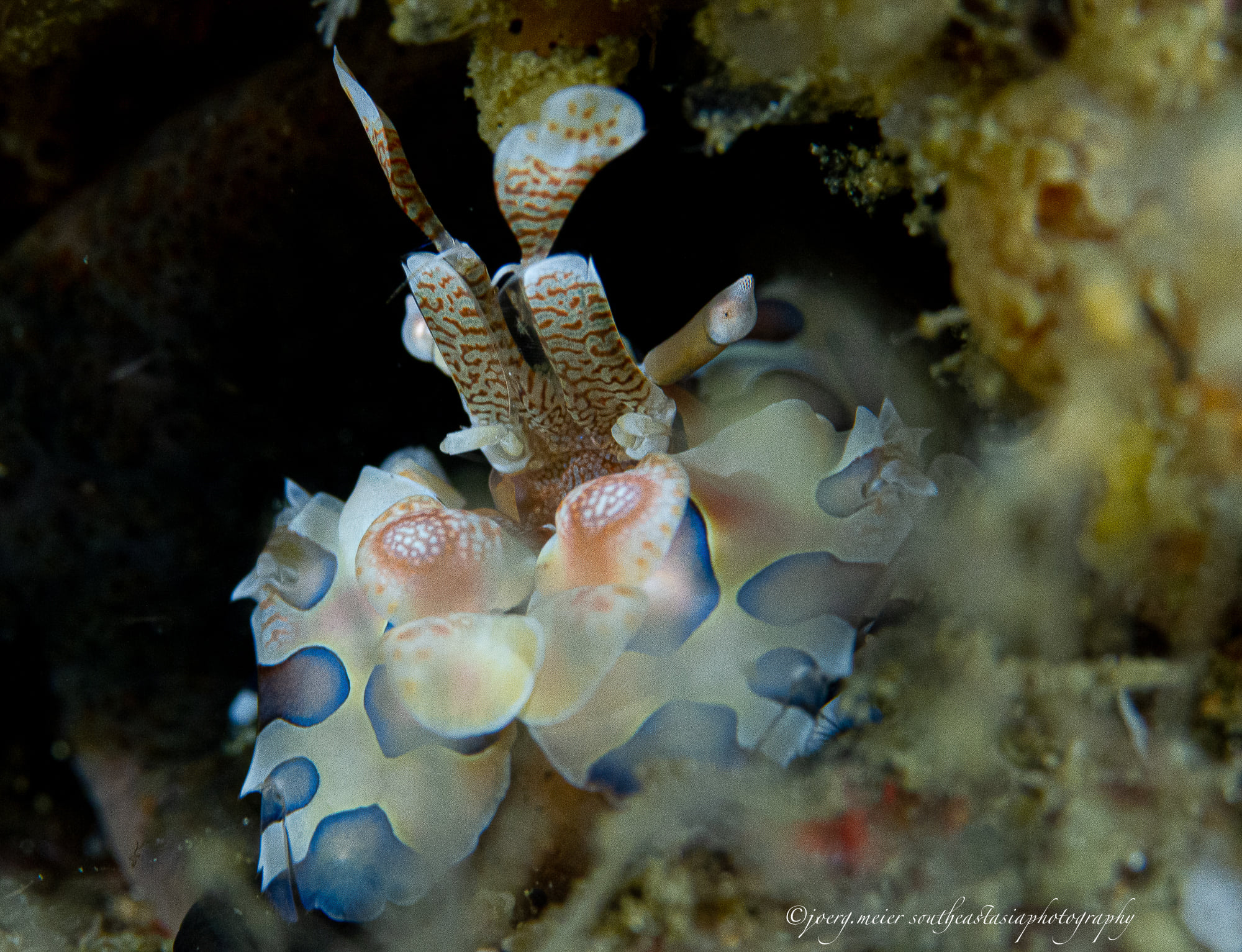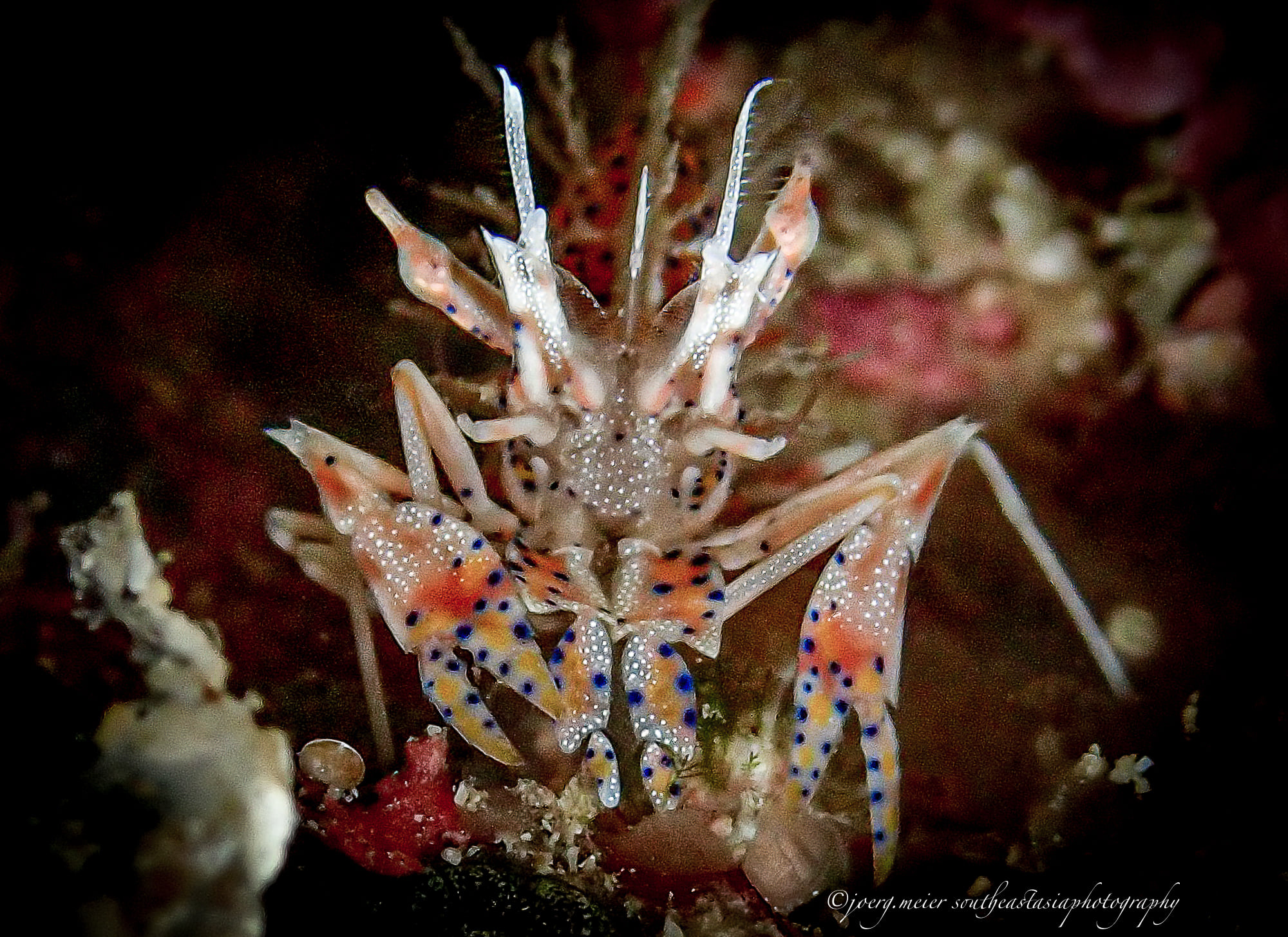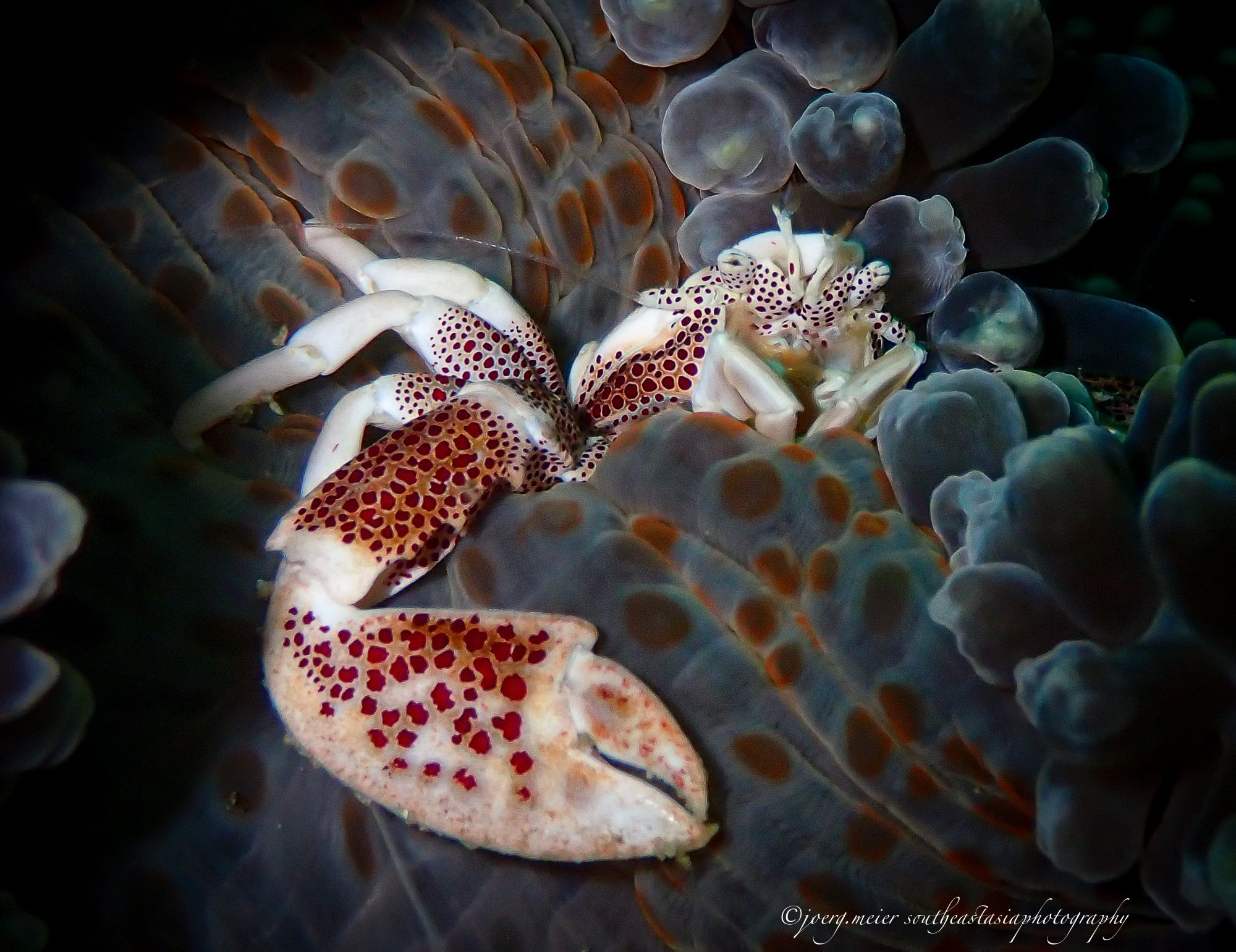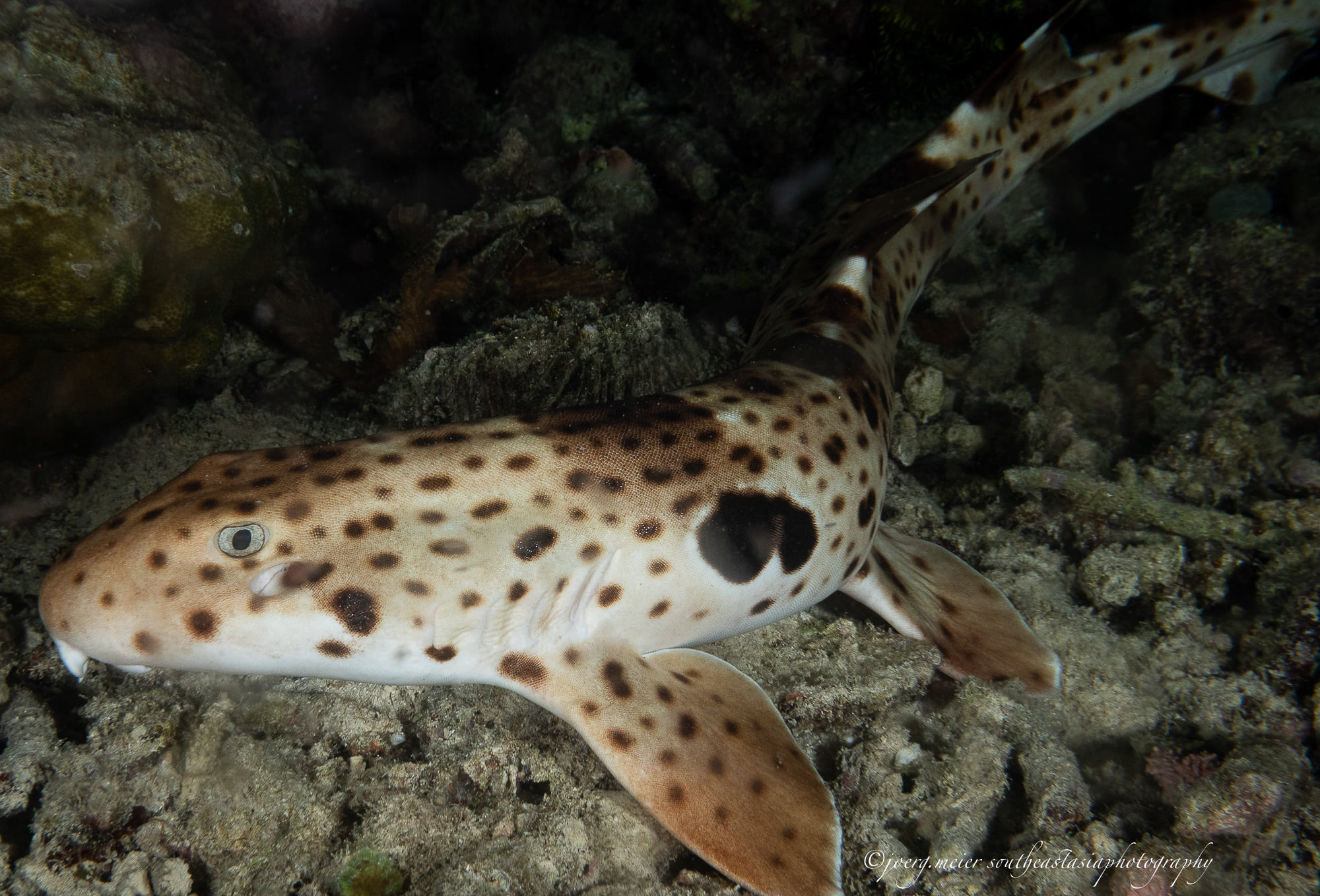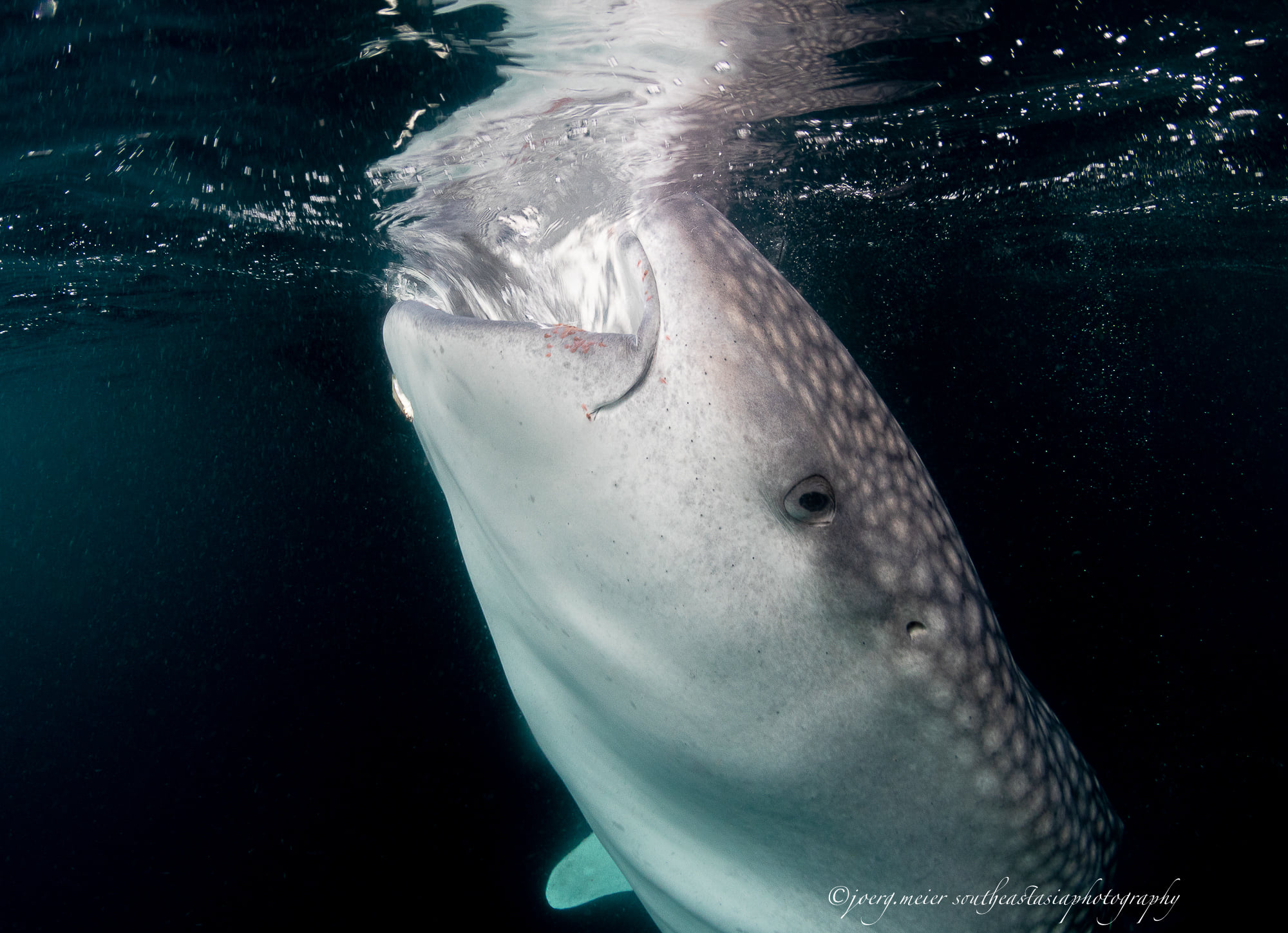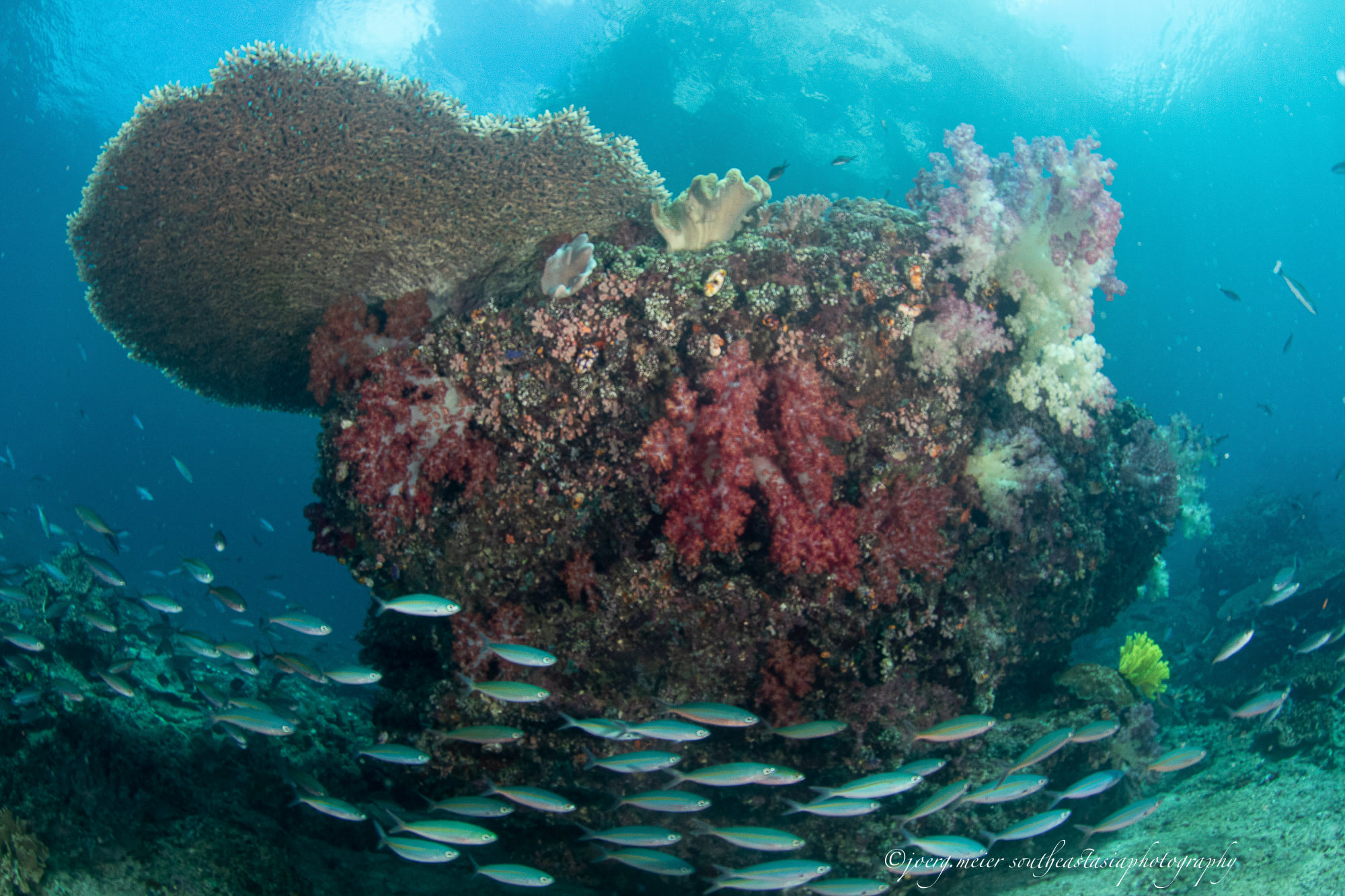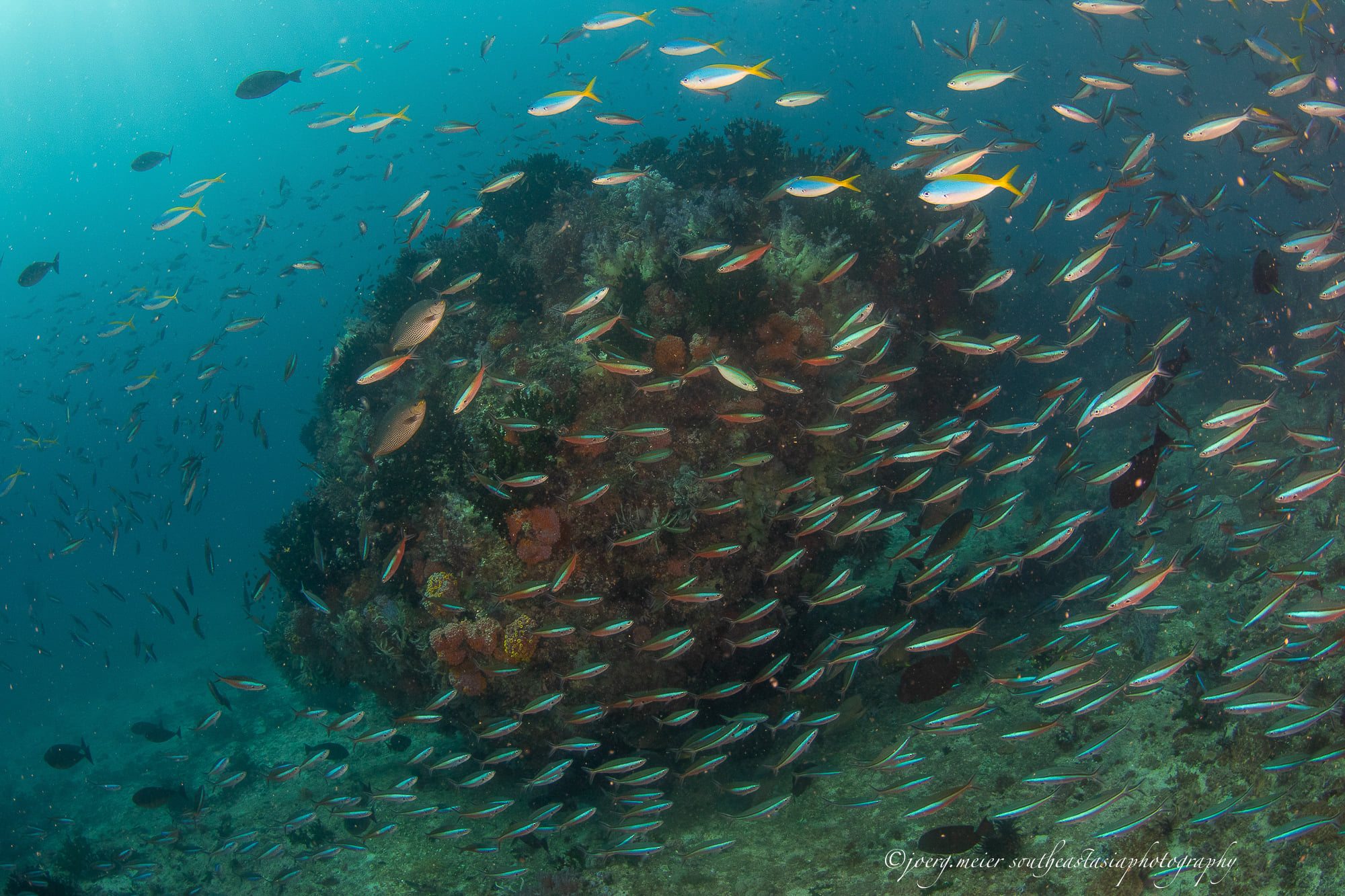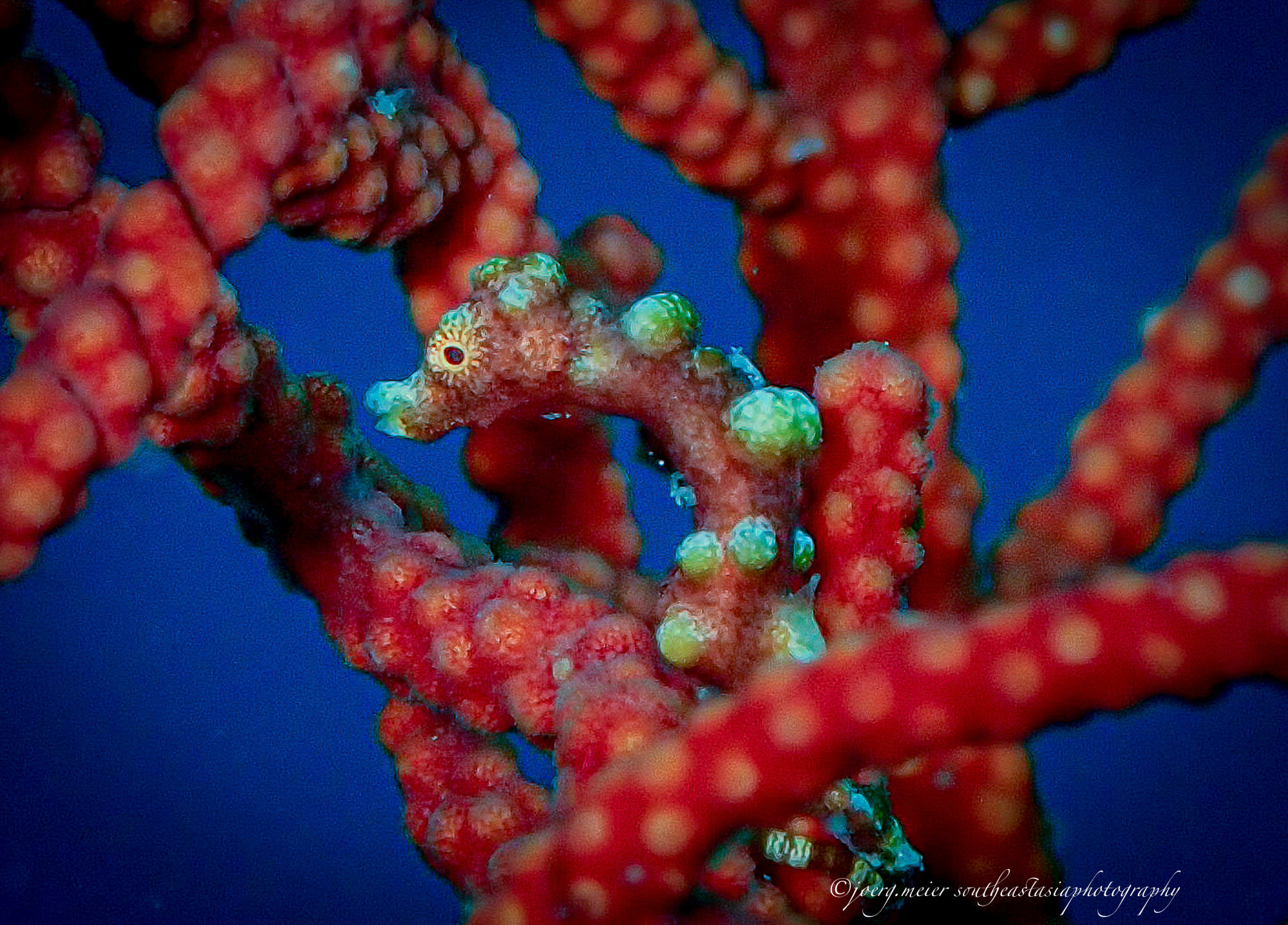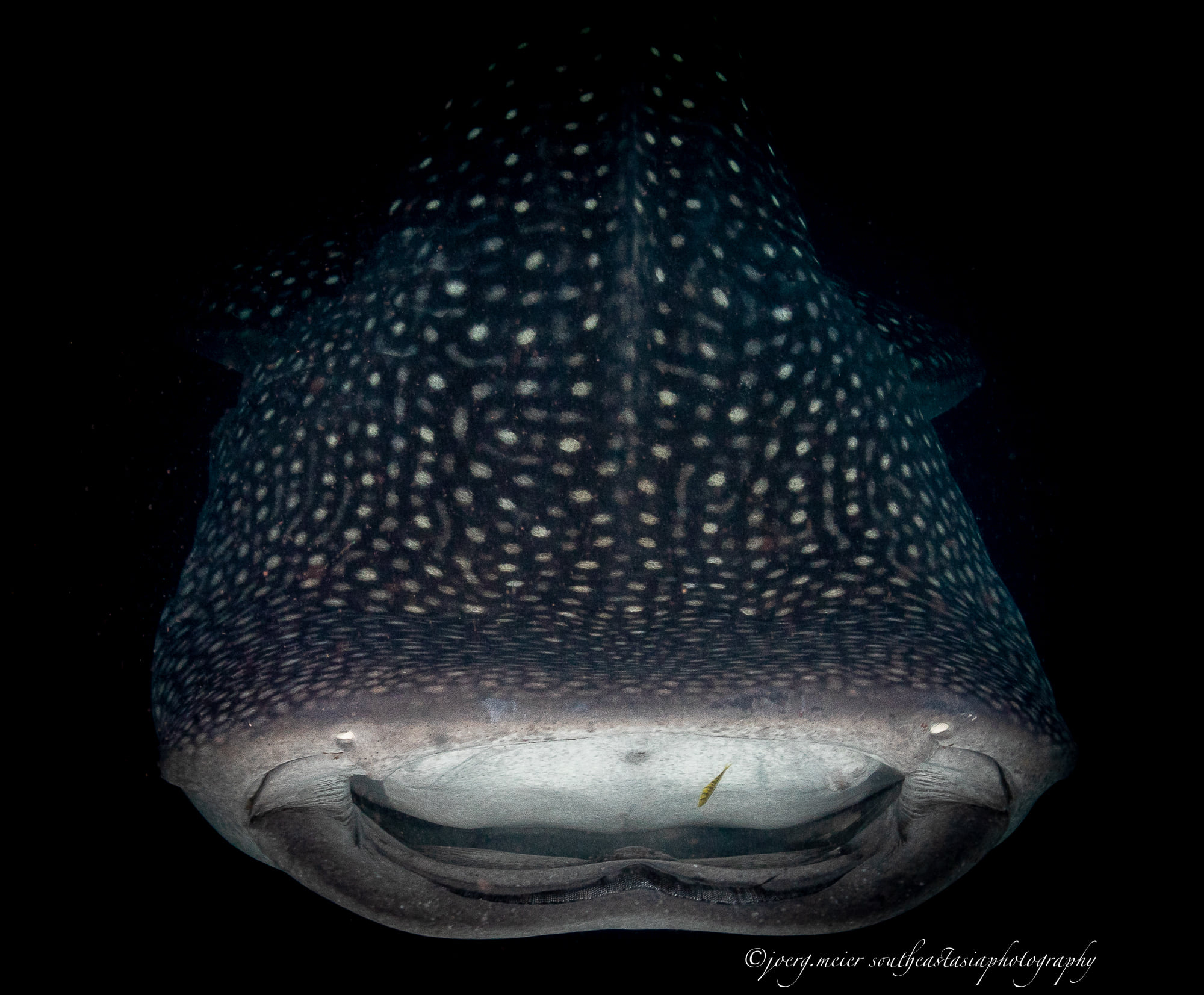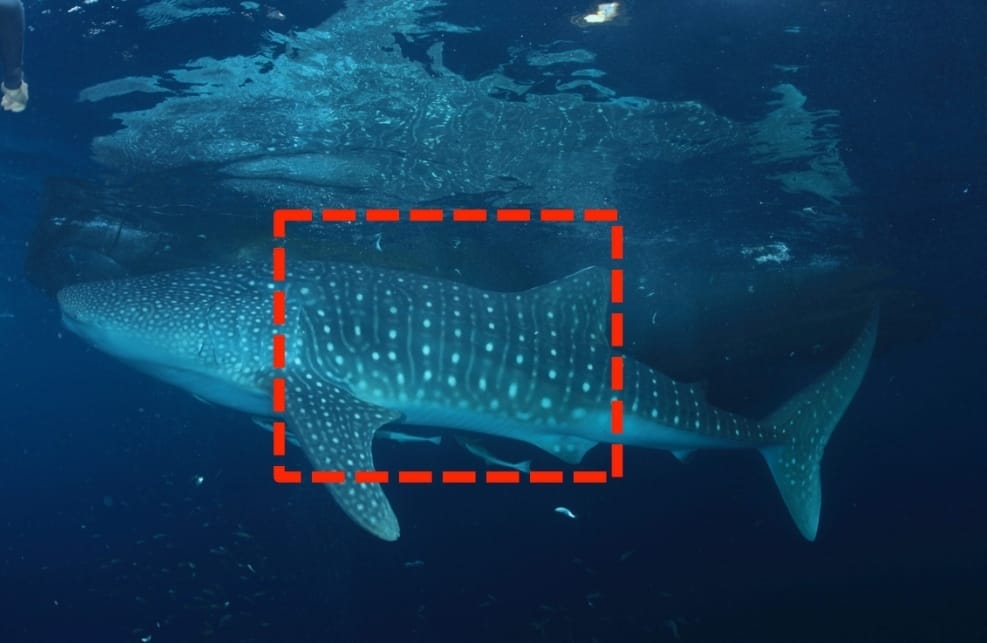James Wei of Antares, shares his experience with the Whale sharks of Triton Bay
Back about a couple of months ago we spent seven fabulous mornings snorkeling with whale sharks in Triton Bay Indonesia. There were as many as four at a time. They are attracted to the bait fish fishing platforms and if we feed them some of the baitfish, we can move them to the back of Antares. Dolphins, tuna, and mackerel joined the frenzy. In Indonesia this whale shark experience can be had in Cenderwasih, West Nusa Tenggara, and Triton Bay. Triton Bay was by far the best as the water was clear and the sharks show up every day.
Flora & Fauna of Triton Bay
Most people come to Triton Bay to experience the magnificent reefs and marine life that we have, but that is not all Triton Bay has to offer. There is also some great flora and fauna to be seen throughout the region. Here is a little taster…
8 NEW Whalesharks Identified in West Papua
After a shout out to some of our previous guests and others who visited Triton Bay, we have managed to help Conservation International identify 8 new Whalesharks that are visiting the region. Six are from Triton Bay itself and two from Cenderawasih Bay. If you have any Whaleshark images that shows the ID Spot (please see our earlier blog) please feel free to share them with us and Conservation International. You never know you may have one that has not yet been identified and you can name it!!!
We would like introduce you to our newly named Whalesharks:
Firstly, those identified by our Guests: Rob & Susie Andrews, Marie Tartar and Faye Simanjutak.
Steven Genkins (Seadoc) managed to identify 5 new whalesharks, and named one after each of his immediate family member and their pet Dog Tyrion!
23 Years Later – Triton Bay through the eyes of Joerg Meier
After some 23 years since first stepping foot in Triton Bay, Joerg Meier returned this time with family and friends to revisit some of his old haunts and relive the beauty above and below the waves… this is his story….
” None of us can claim 2020 turned out as planned. And with the first month of 2021 gone, it looks like we face another challenging year ahead. Most travel plans in 2020 – including team-ups with German family and friends – did not work out. The positive aspect of negative things was a longer than usual retreat to the remoteness and biodiversity of West Papua. The journey started with two weeks in Batbitim, a tiny island in southern Raja Ampat and Misool Eco Resort’s home. I’m privileged to be a shareholder since 2007. It then continued to Triton Bay, east of Kaimana, in the south eastern part of West Papua’s Bird’s Head’. I first encountered the astonishing beauty and majesty of Triton Bay 23 years ago, in early 1998. Back then, I ventured into the unknown with little more information than this place with its stunning landscapes was supposed to be one of the last untouched paradises in Indonesia’s vast archipelago. There was an interim encounter with Triton Bay in 2009 – cruising on a liveaboard – but only now I had the opportunity of revisiting some of those sites I first discovered in 1998. Ending 2020 observing a stunning sunset over Kalig Island, starting 2021 with a storm approaching Batbitim’s North Bay, to then continue to Triton Bay Divers revisiting majestic Triton Bay, this time with my little family, was the best possible way to end gloomy 2020 and welcome 2021 in good spirits. Some 55 dives later, topped with lagoon and jungle excursions, now back in Jakarta, we already miss that remoteness, the diving, and being exposed to the sounds of nature. Belated Happy New Year 2021 to all of you – stay healthy, safe and sane! ”
From Joerg’s images below, I think we can all agree Triton Bay is beautiful above and below the waves!
Below the waves…..
Name your very own Whaleshark
To all Divers or Snorkelers that have visited West Papua and particularly Triton Bay. This could be your chance to get a Whaleshark named after you…..
Triton Bay Divers is working closely with Conservation International (CI) to monitor the whaleshark population in our area and the rest of West Papua. Prior to our guests identifying 8 new whalesharks, CI had recorded 197 different individuals by Mid 2020 in this region. We ask for your help in trying to identify more whalesharks from the area. Please see Mark Erdmann’s (Vice President, Asia Pacific Marine Programs, Conservation International) message below. Also please feel free to post the image of your whaleshark to Facebook or Instagram and tag us, for all to see. Thanks so much…
Greetings, and allow me to briefly introduce myself. My name is Mark Erdmann, and I’m a coral reef ecologist and the head of Conservation International’s Asia Pacific marine programs. I’m writing to you all to encourage you to consider submitting any images you may have taken of whale sharks during your time in Triton Bay or at Triton Bay Divers. As you may be aware, every individual whale shark has its own unique pattern of spots and swirls, much like the fingerprints of humans. As scientists and conservationists, we are interested in understanding both the overall population size of whale sharks in Kaimana and West Papua, as well as their movements and growth over time – and we can use these individual identification patterns to construct photo ID databases that allow us to do just that. We began collecting data on Triton Bay’s whale sharks in 2015, and since that time we’ve compiled identification photos of 37 different individuals ranging in size from 2m to 8.1m. Interestingly only 3 of these individuals were females – the rest were all juvenile males, which is typical of many whale shark aggregations worldwide. For the whole of West Papua, we now have 197 individuals in our database (12 females, the rest males), with most of these from Cendrawasih Bay, but also 8 from Raja Ampat.
In addition to maintaining our own detailed database of West Papua whale sharks, we also submit all images to the “Wildbook for Whale Sharks” global database, which allows us to check if any of our sharks have been previously seen elsewhere. Of the 197 individuals in our West Papua database, three of them have also been recorded from Gorontalo (Sulawesi Island in central Indonesia), and one of them, “Hula” – a 7.4m male, was actually recorded 3 times at Ningaloo, Western Australia in 2010 – and since that time has been recorded 5 times in Triton Bay between 2018-2019. This resighting (spanning a decade) gives you an idea of the power of maintaining these photo ID databases – we can monitor growth and movement over that entire 10 year period.
We have also satellite tagged 8 of the whale sharks from Triton Bay, which has allowed us to keep track of their movements in high resolution over the course of a roughly two-year period of battery life of the tag. Our 8 tagged sharks in Triton Bay have shown some amazing movements – Hula, for instance (the shark that was first spotted in Ningaloo), covered nearly 8000km in his first 14 months’ of tagging – swimming from Triton Bay down into the Arafura Sea, tracing the outer Banda Arc south of Timor-Leste and into Australian waters, and then back to Triton Bay! Most of the whale sharks we’ve tagged in Triton Bay have show significant seasonal migrations, leaving Triton Bay about the time the SE Monsoon starts to blow in May, and then returning to Triton once things calm down again in October/November. During the big wave season from May-September, they often head into the Arafura Sea, into Australian waters, or some go directly west to Wakatobi or Sulawesi. But they always return to Triton! During their trips away from Triton, we’ve had them dive as deep as 1880m!!
We’d like to ask your help to allow us to further expand our knowledge of Triton Bay’s whalesharks by submitting any photos you may have of whale sharks from your time at Triton Bay. Optimally, we are looking for images of the left side of the animal (the main photo ID “thumbprint” is left side, just behind gills and back to about the dorsal fin – see photo attached below), but we can handle right side shots, as well as underside shots that might tell us the sex of your shark, and video works as well. We don’t need super high resolution images, but better that they are at least reasonable resolution so we can blow them up and look closely at the spot patterns. You will be credited for any photos you submit, and we will only use them in the photo ID database; you are welcome to put watermarked copyrights on them as well if you like. If the shark you submit is a new one to our database that is not yet named, then you will be given the honour of naming it! Optimally, any photos can be labelled with the date that you took them, and if you happened to see the sex of the shark or estimate its size, we love that information as well – but its not necessary if you don’t know. Images/videos can be sent directly to me ([email protected]), or if they are large feel free to use Dropbox or any other file transfer mechanism.
Thank you very much in advance for your help with our research on Triton Bay’s whalesharks!!
Mark Erdmann, PhD
Vice President, Asia Pacific Marine Programs
Conservation International
Email: [email protected]
